
Blue Carbon In Canada
Coastal ecosystems store an incredible amount of carbon and can support wildlife and coastal communities
© Emily Vandermeer / WWF-Canada
© Eiko Jones Photography
Introduction
The coastline of Canada — over 240,000 kilometres to be exact — is the longest in the world. Its diverse ecosystems, including salt marshes, eelgrass beds and kelp forests, are not only habitat for wildlife, but have also supported and protected coastal communities for millennia. More recently, we’ve learned they can help us in the fight against climate change because of their ability to sequester and store carbon.
Read more about carbon in the ocean below or check out WWF-Canada's work.
© Eiko Jones Photography

© Emily Vandermeer / WWF-Canada
While blue carbon is still a growing field, we know that some coastal ecosystems can absorb more carbon than tropical forests per unit area. As we continue to learn about the role of coastal ecosystems in fighting climate change, there’s lots of work to be done to map and measure carbon and biodiversity in blue carbon ecosystems. Scientists do this using methods including satellite imagery, drones and field surveys. In Canada, coastal Indigenous Peoples have long-standing relationships with their lands and waters and a deep understanding of the interconnected nature of terrestrial and marine systems. Such knowledge and experience are invaluable, and Indigenous-led initiatives for the protection, stewardship and restoration of blue carbon ecosystems should be prioritized.
Some coastal ecosystems can absorb more carbon than tropical forests per unit area
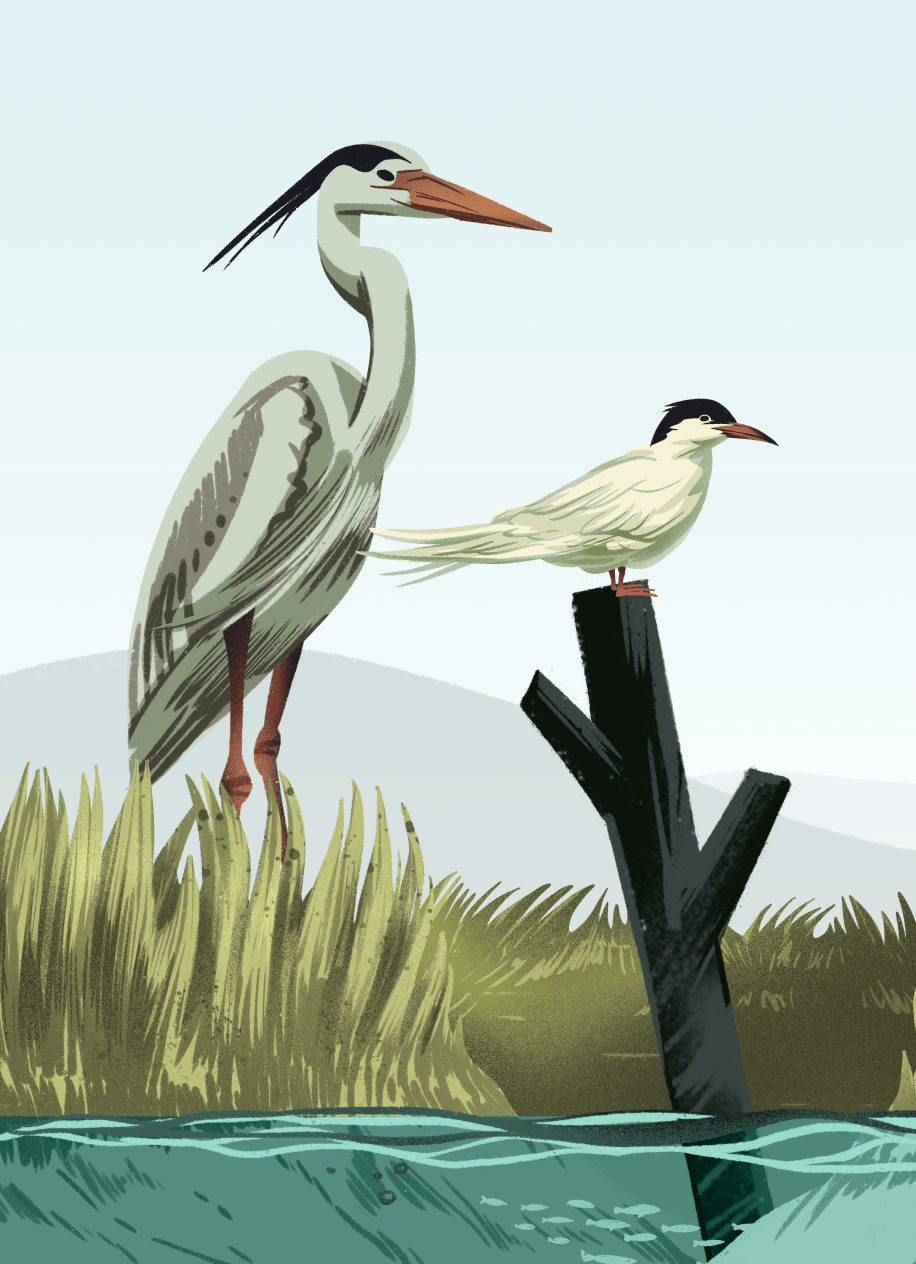
Blue carbon is carbon stored in the ocean, including carbon dioxide dissolved in ocean water and carbon stored in underwater sediments and marine organisms. At WWF-Canada, our work focuses on coastal blue carbon, which is absorbed and stored in the plants, algae and sediments of coastal ecosystems.
What is Blue Carbon?

While we learn more about blue carbon, it’s also important to recognize that these ecosystems are threatened by stressors that include marine pollution, resource extraction and coastal development
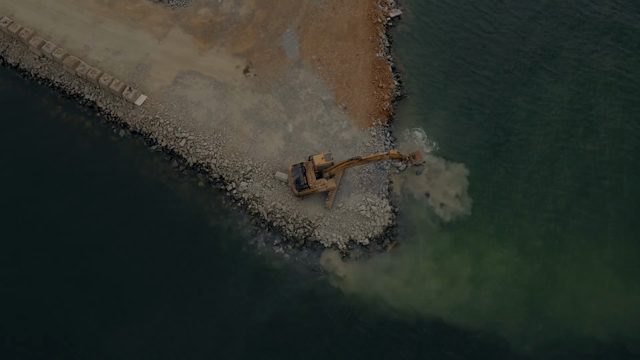
While we learn more about blue carbon, it’s important to recognize that these ecosystems are threatened by stressors that include marine pollution, resource extraction and coastal development
Blue Carbon Habitats in Canada
© Tim Irvin / WWF-Canada
Close to the shore, salt marshes and seagrass beds sequester carbon dioxide over thousands of years, building rich stocks of carbon in marine sediments.
(In other parts of the world that contain tropical ecosystems, mangroves are an important source of blue carbon.)
© Eiko Jones Photography
© Eiko Jones Photography
Farther offshore, kelp forests convert carbon dioxide into carbon-rich biomass, which can be exported naturally (as detritus) and stored in the deep ocean.
© Yoon S. Byun / WWF-US
© Yoon S. Byun / WWF-US
Blue carbon ecosystems and the wildlife within them are an important source of food for many Indigenous People and local communities and hold cultural, symbolic and ceremonial significance.
© Eiko Jones Photography
© Eiko Jones Photography
Salt marshes
Salt marshes
Seagrass meadows
Seagrass meadows
Kelp forests
Kelp forests
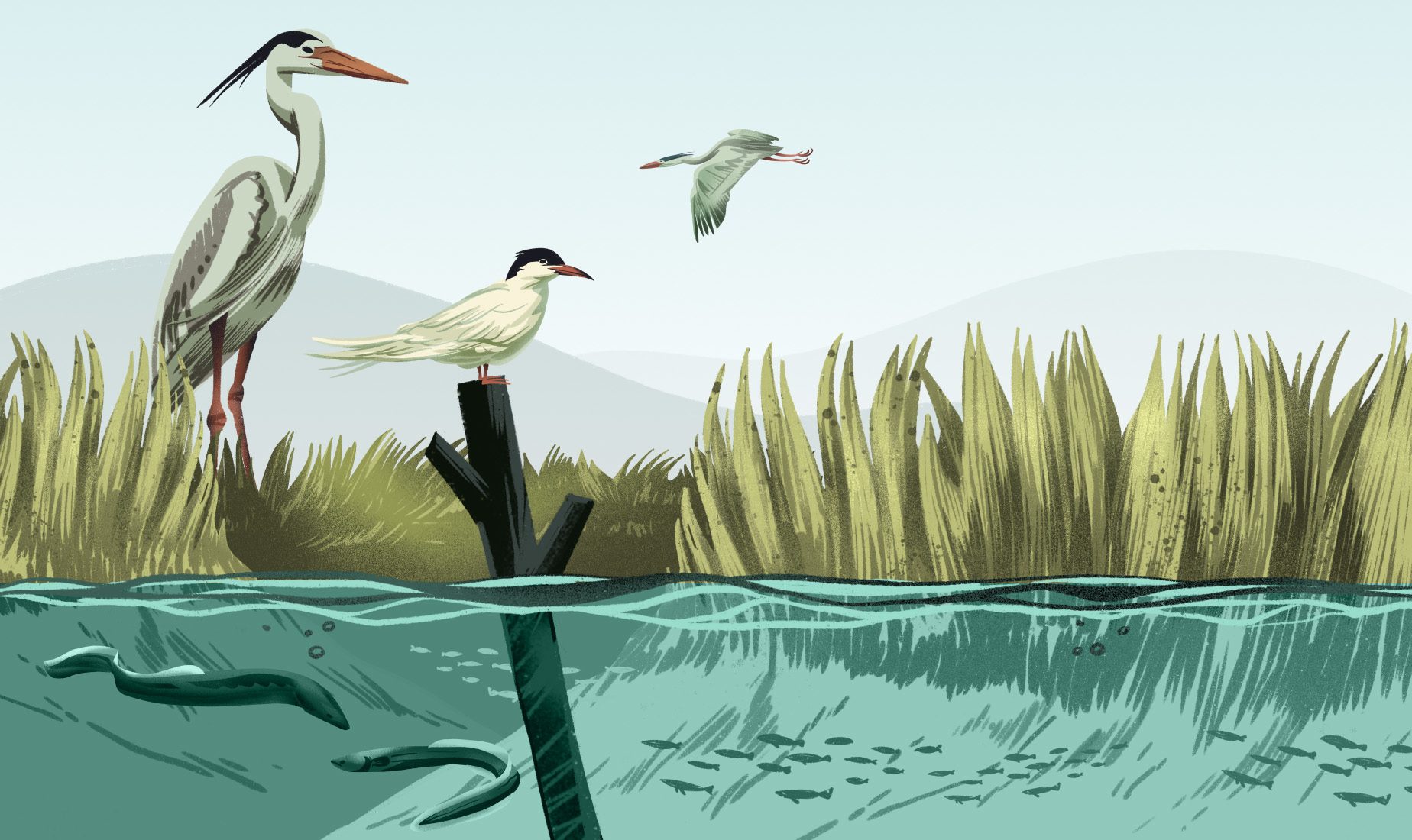
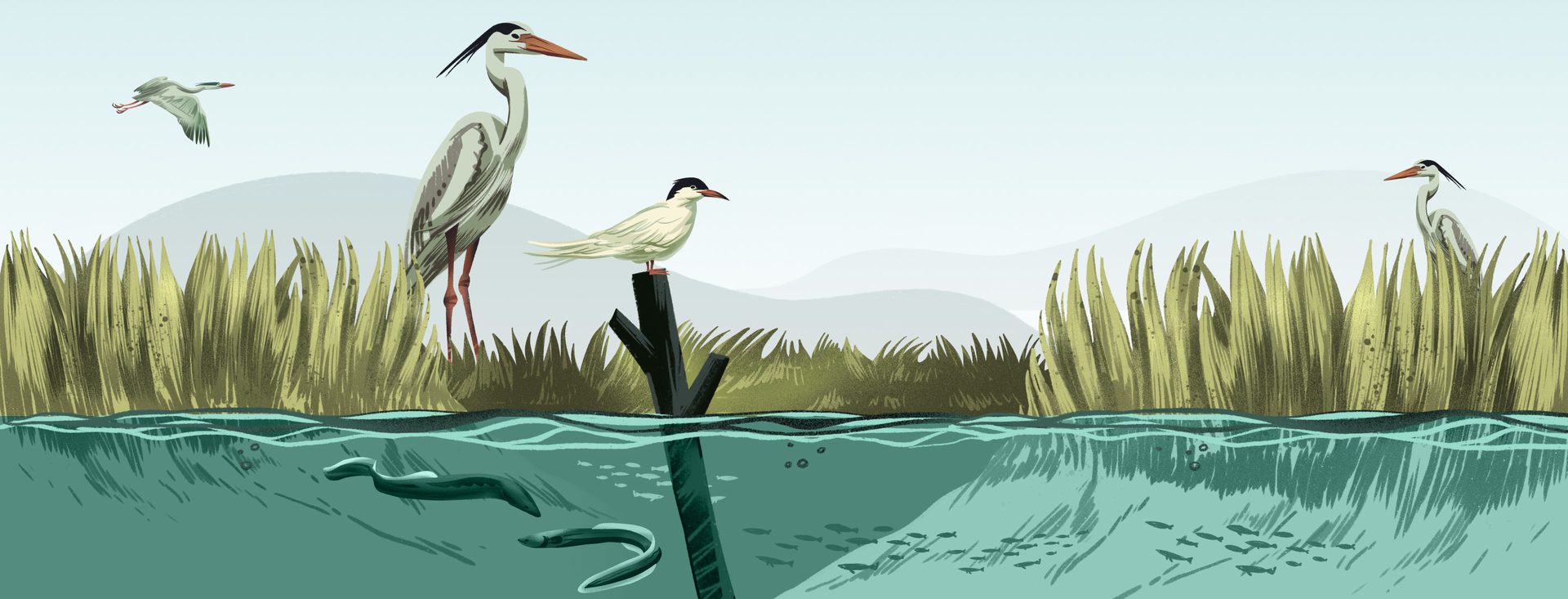
Salt marshes are exactly what they sound like — wet, muddy coastal areas found in saltwater. They protect coastlines from storms and sea-level rise.

Learn more

Salt marshes are important habitat for wildlife including American eel, great blue herons and common tern. You can find salt marshes along all three of Canada’s coasts. The salt marshes of the Bras d’Or Lake/ Pitu’pok in Nova Scotia are critical habitat for the American eel (Anguilla rostrata). The eel is a food source for Mi'kmaq and plays an important role in cultural and ceremonial practices. Shellfish in the marsh mud are another important food source.
Salt marshes

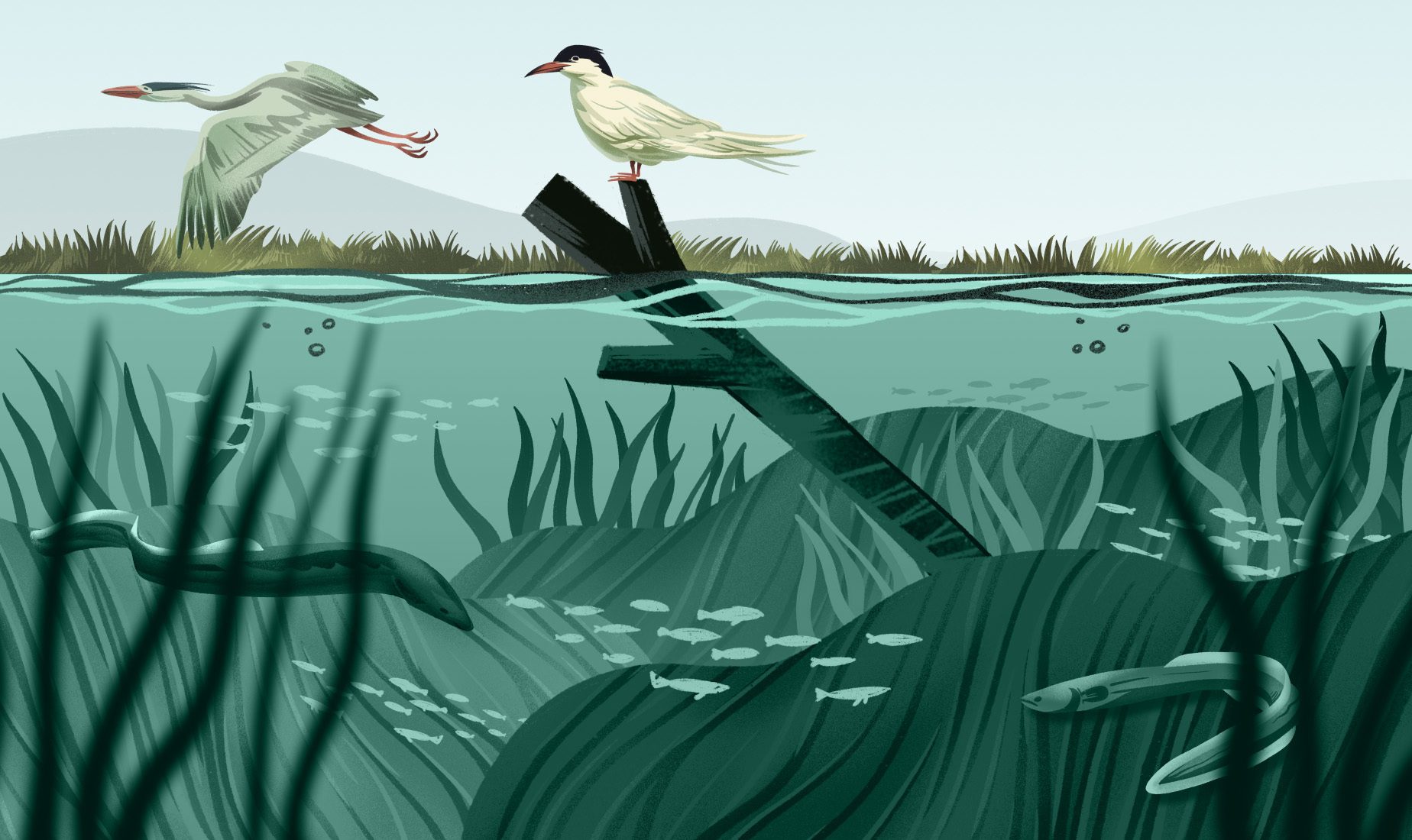
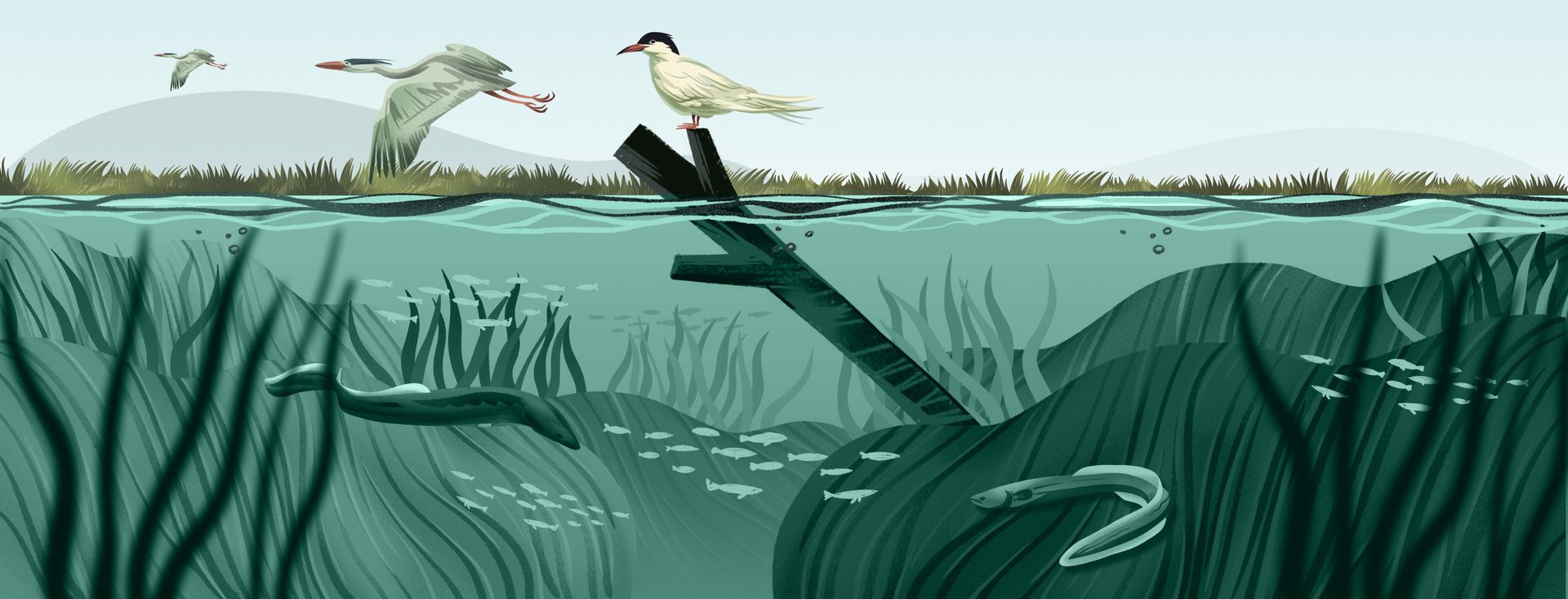
Seagrass meadows are filled with long, grassy aquatic plants (not to be confused with seaweed) and eelgrass (Zostera marina) is the main species found in Canada. Seagrasses can be found along all three of Canada’s coasts.

Learn more

Foraging mammals, shellfish and seabirds use seagrass meadows as shelter. Eelgrass is a traditional food source for some coastal First Nations, including the Haida, Nuu-chah-nulth and Kwakwaka’wakw Peoples. Eelgrass is also critical nursery habitat for culturally important fish species, such as salmon.
Seagrass meadows

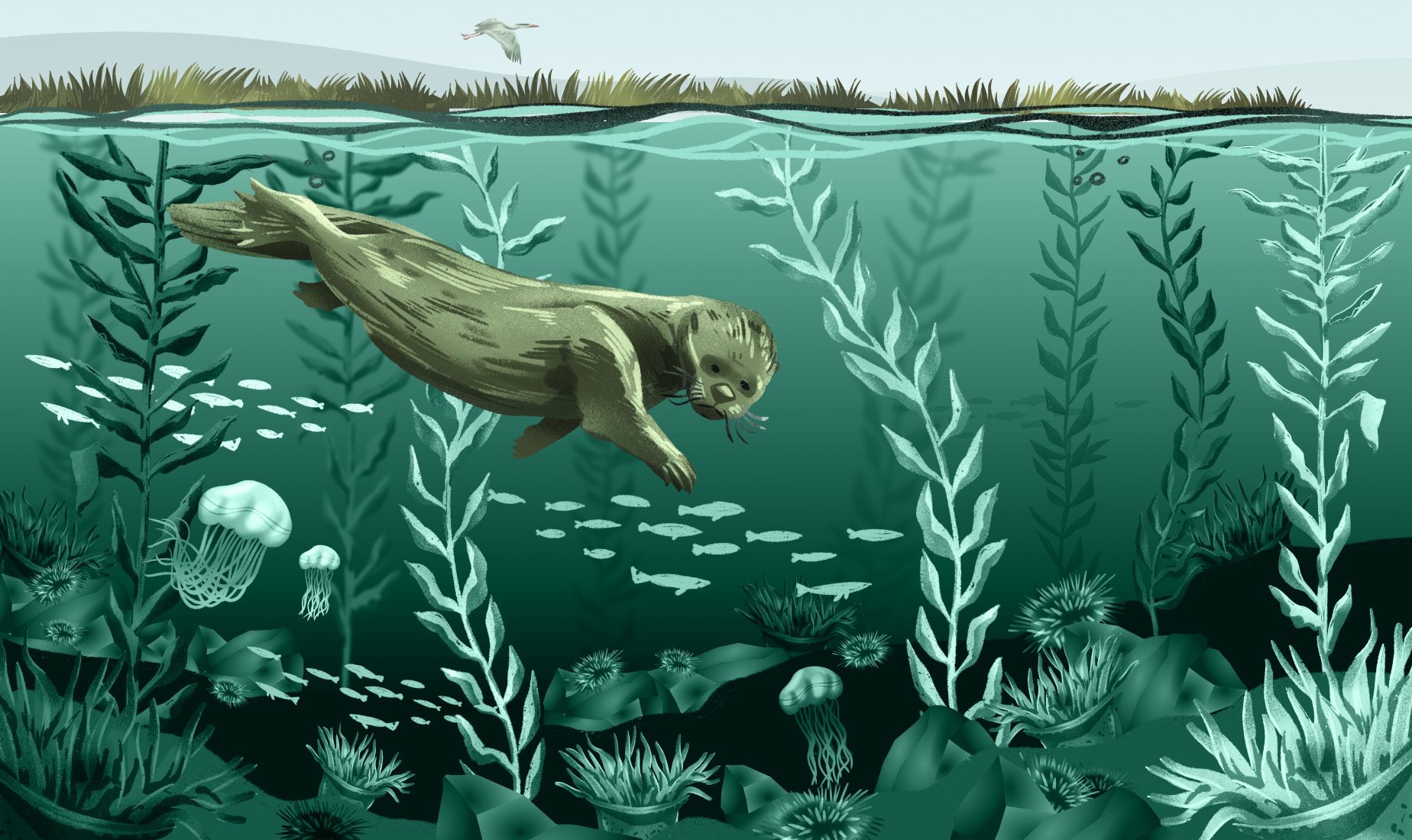
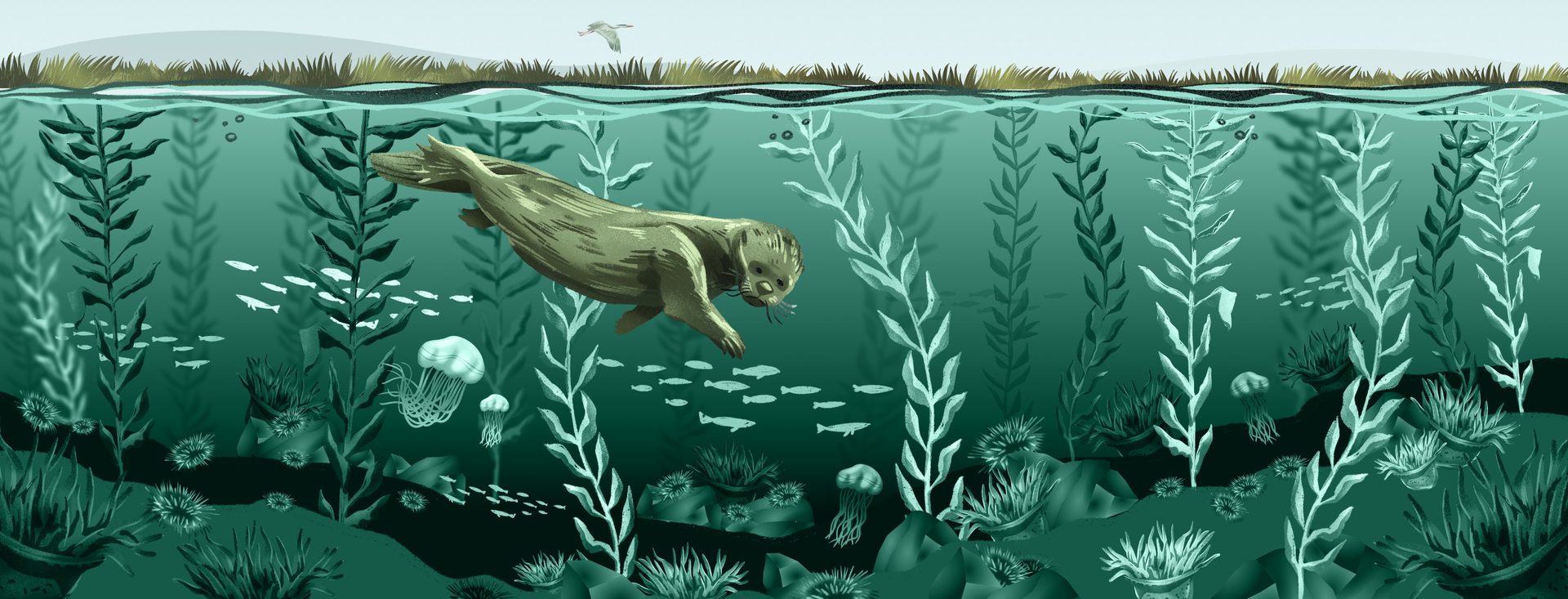
Think of a forest, but underwater and with a rocky floor. Kelp forests are found in deeper waters than salt marshes and seagrass meadows. Kelp can grow up to 60 centimetres a day and sequester huge amounts of carbon.

Learn more

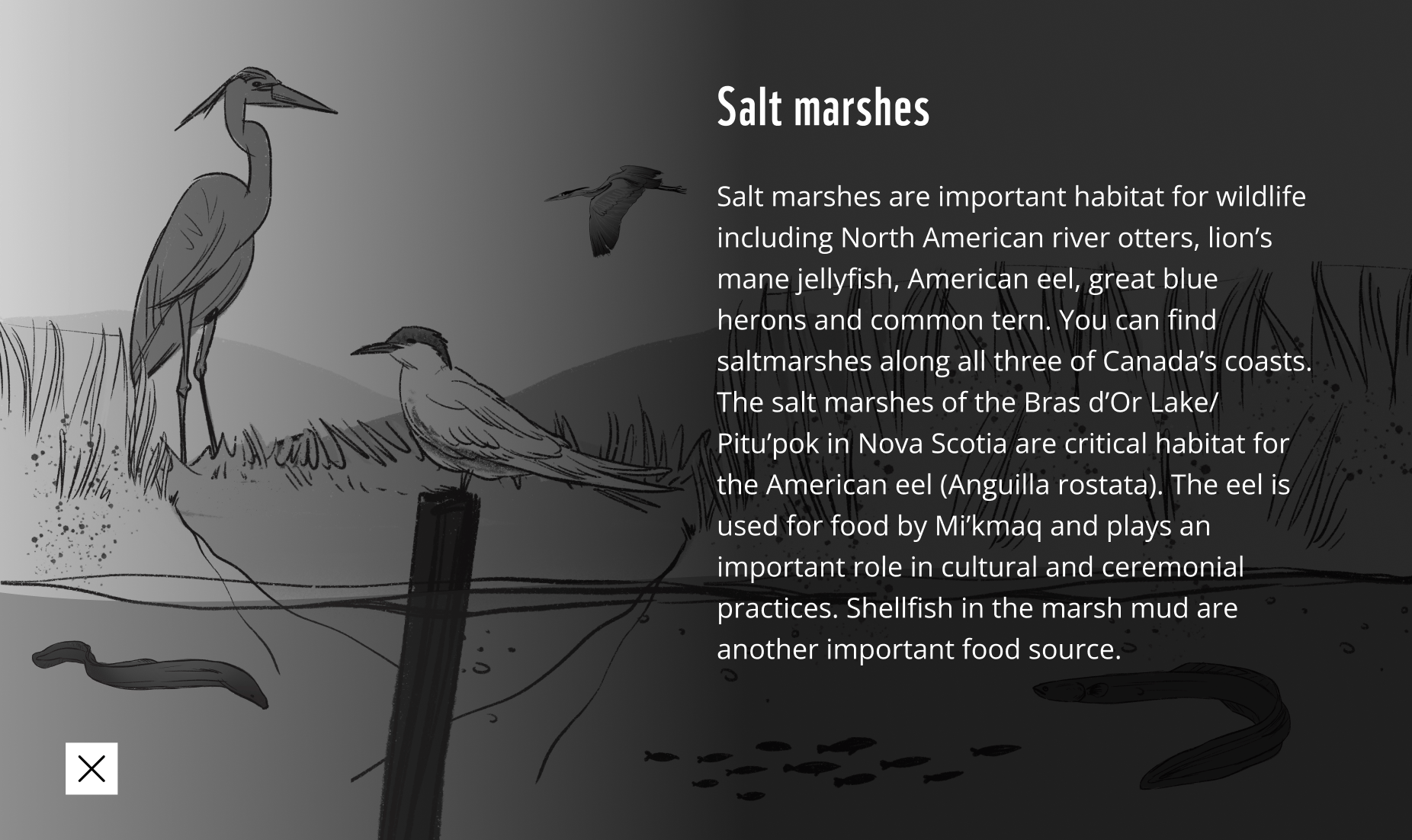
Kelp forests act as habitat for sea stars, anemones, sea lions, gulls, egrets and even sea otters and are also found in all three oceans surrounding Canada. For Pacific Northwest Indigenous Peoples, kelp has subsistence, spiritual and symbolic importance. Herring spawn-on-kelp is an important traditional fishery, and kelp appears in Coast Salish myths and stories, representing the interdependence of Indigenous Peoples and the sea.
Kelp forests

Salt marshes
Salt marshes
Seagrass meadows
Seagrass meadows
Kelp forests
Kelp forests
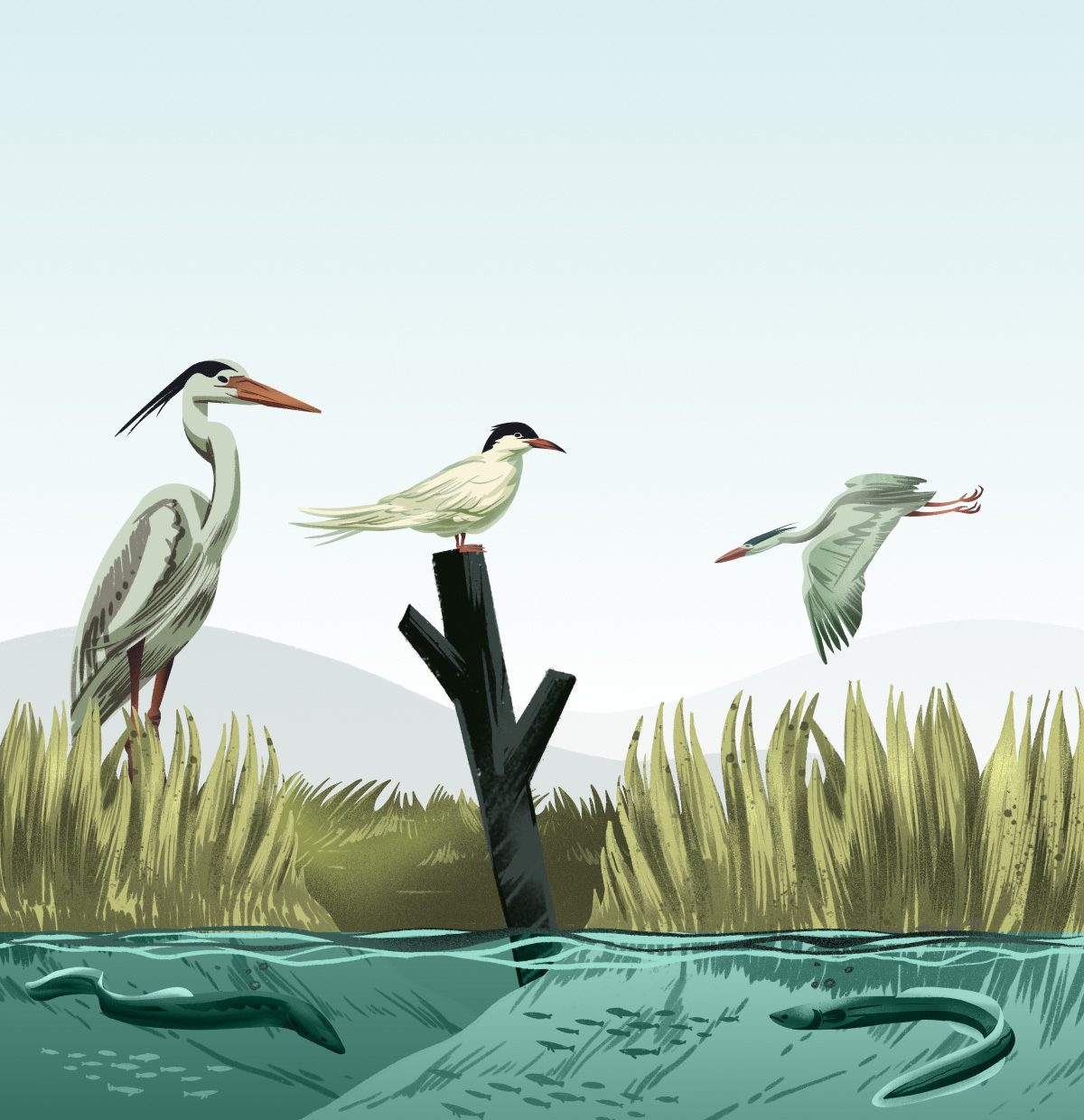
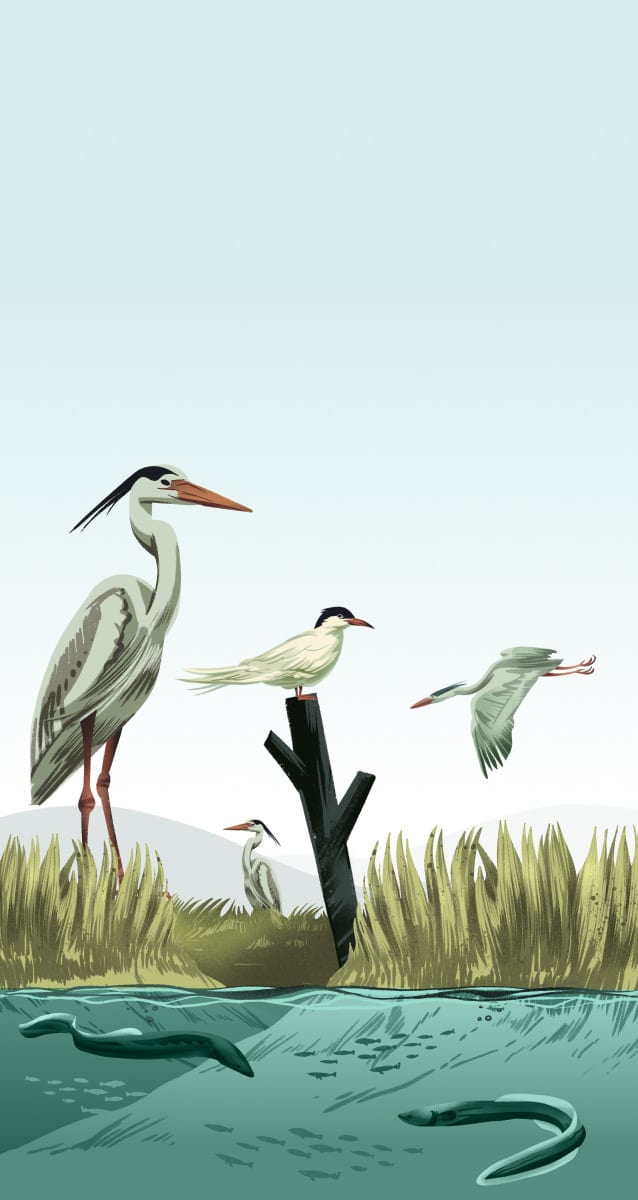
Salt marshes are exactly what they sound like — wet, muddy coastal areas found in saltwater. They protect coastlines from storms and sea-level rise.

Learn more
Salt marshes
Salt marshes are important habitat for wildlife including American eel, great blue herons and common tern. You can find saltmarshes along all three of Canada’s coasts. The salt marshes of the Bras d’Or Lake/ Pitu’pok
in Nova Scotia are critical habitat for the American eel (Anguilla rostrata). The eel is a food source for Mi'kmaq and plays an important role in cultural and ceremonial practices. Shellfish in the marsh mud are another important food source.
Salt marshes are important habitat for wildlife including North American river otters, lion’s mane jellyfish, American eel, great blue herons and common tern. You can find salt marshes along all three of Canada’s coasts. The salt marshes of the Bras d’Or Lake/ Pitu’pok in Nova Scotia are critical habitat for the American eel (Anguilla rostata). The eel is a food source for Mi'kmaq and plays an important role in cultural and ceremonial practices. Shellfish in the marsh mud are another important food source.
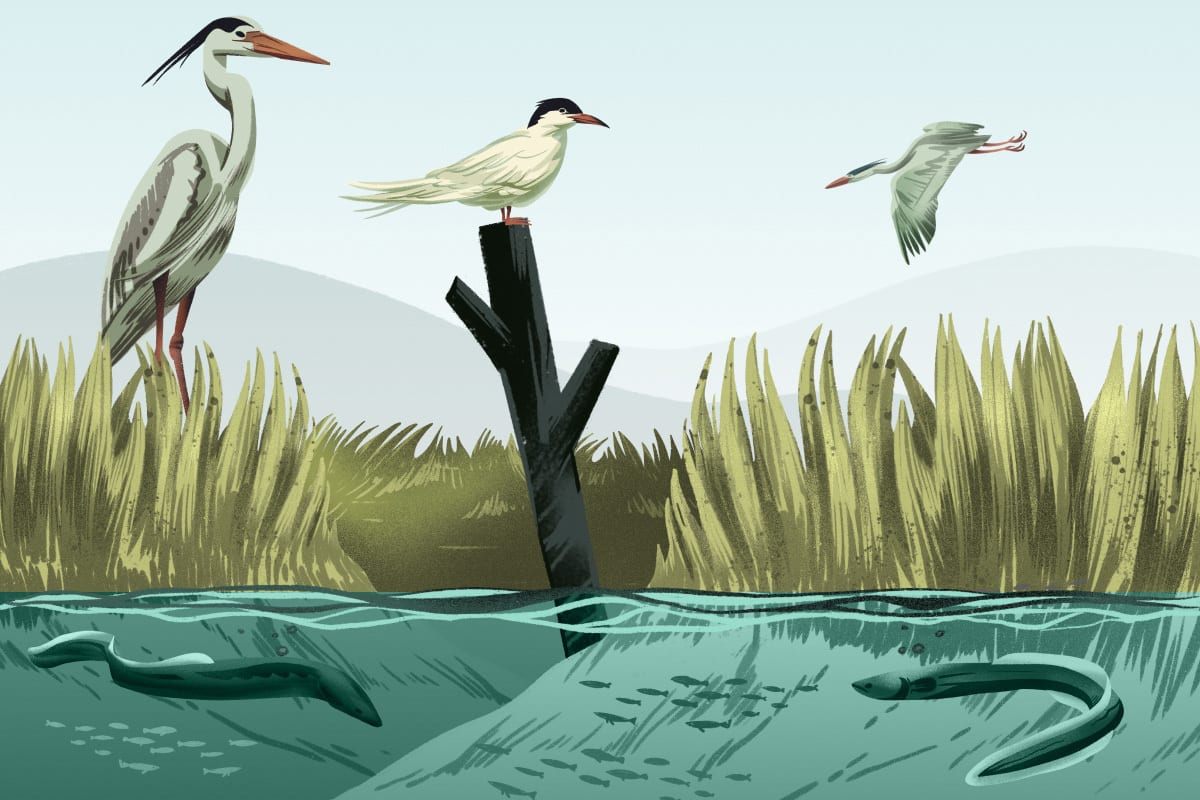
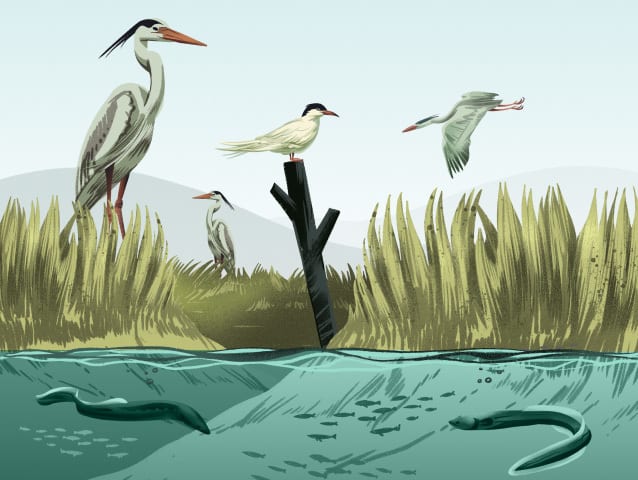

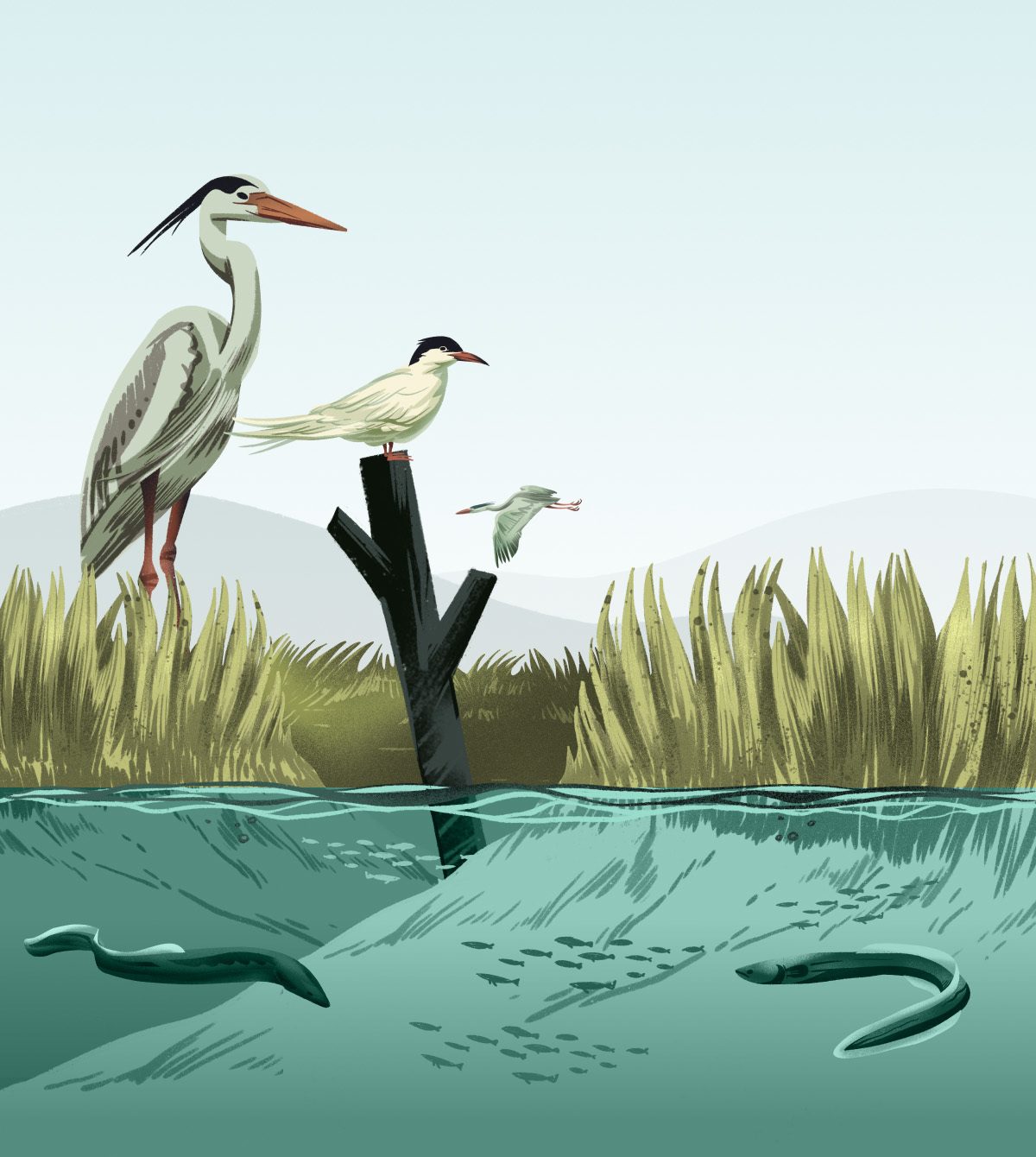
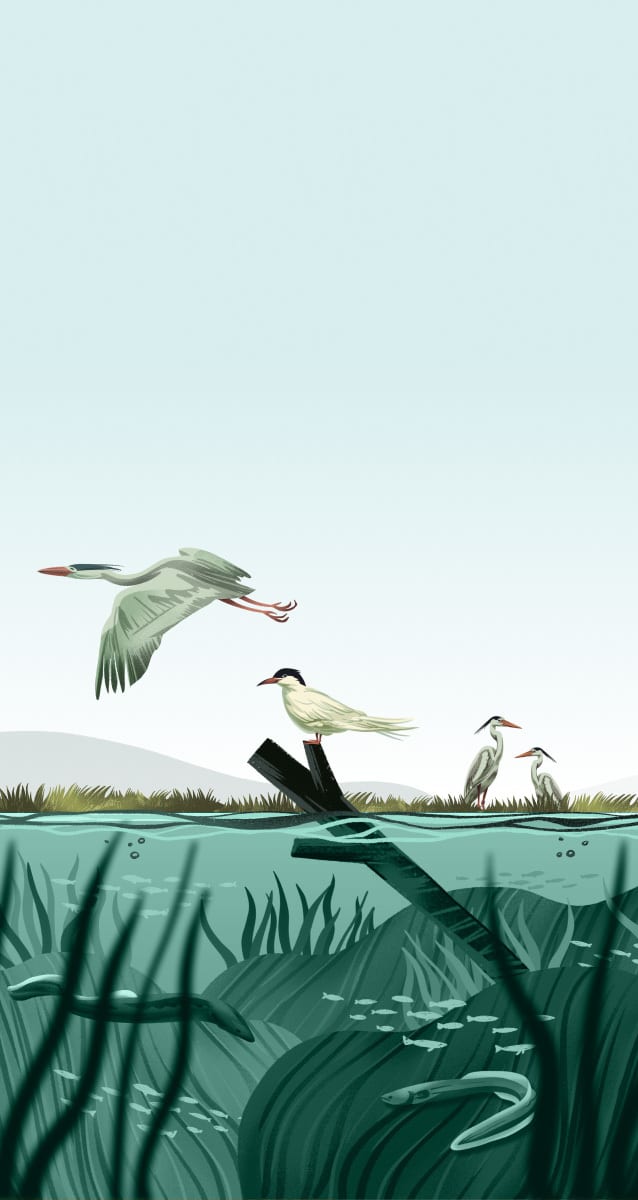
Seagrass meadows are filled with long, grassy aquatic plants (not to be confused with seaweed) and eelgrass (Zostera marina) is the main species found in Canada. Seagrasses can be found along all three of Canada’s coasts.

Learn more
Foraging mammals, shellfish and seabirds use seagrass meadows as shelter. Eelgrass is a traditional food source for some coastal First Nations, including the Haida, Nuu-chah-nulth and Kwakwaka’wakw Peoples.
Eelgrass is also critical nursery habitat for culturally important fish species, such as salmon.
Foraging mammals, shellfish and seabirds use seagrass meadows as shelter. Eelgrass is a traditional food source for some coastal First Nations, including the Haida, Nuu-chah-nulth and Kwakwaka’wakw Peoples. Eelgrass is also critical nursery habitat for culturally important fish species, such as salmon.
Seagrass meadows
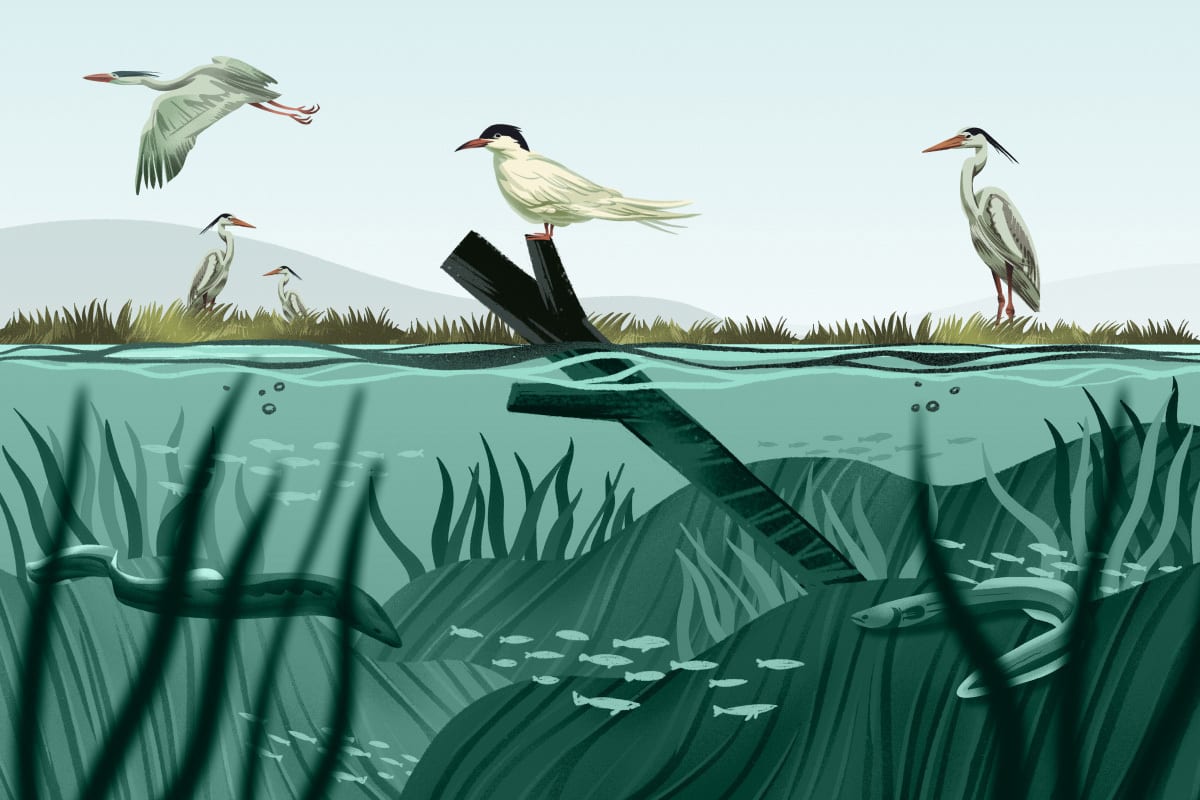
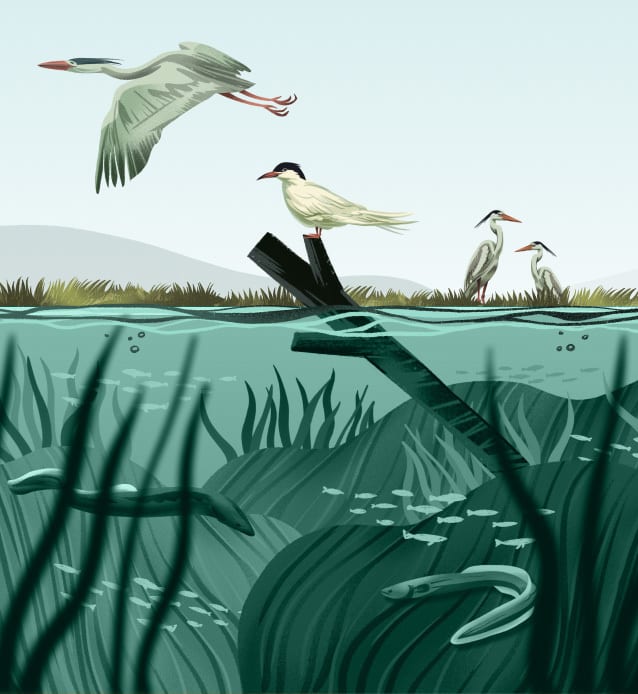

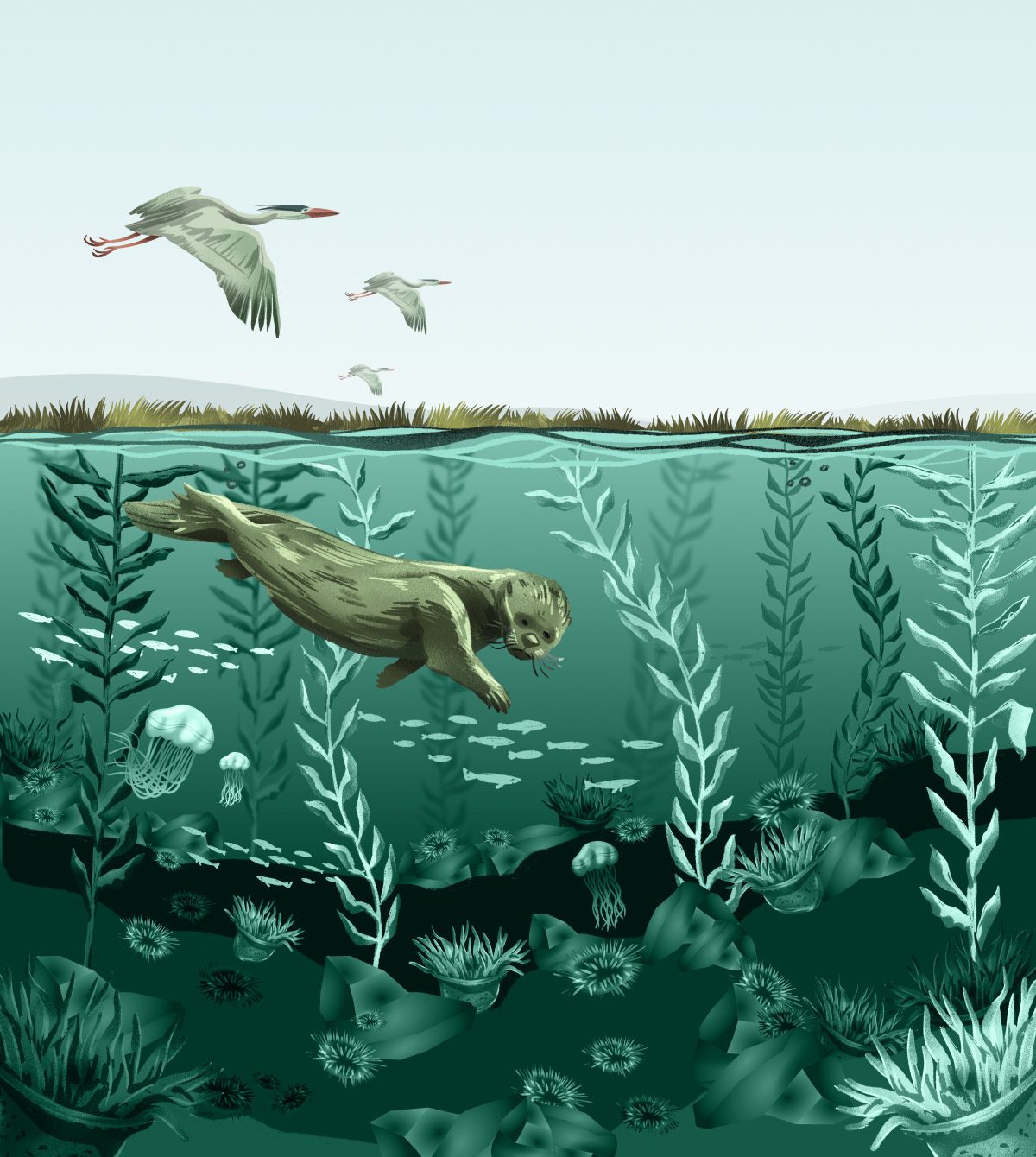
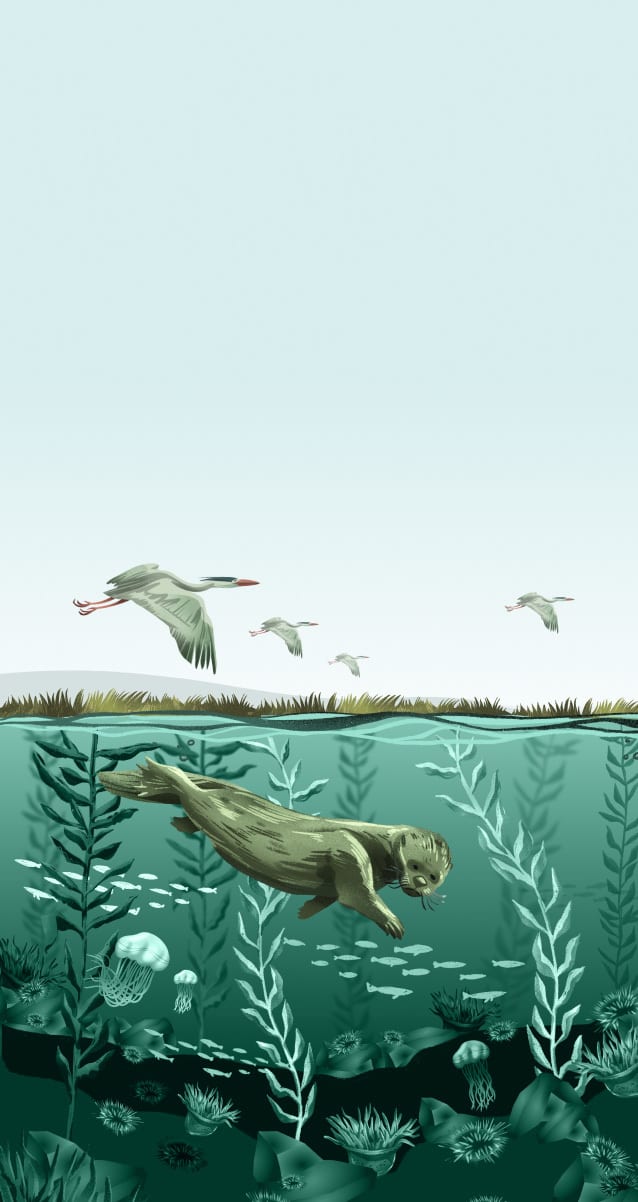
Think of a forest, but underwater and with a rocky floor. Kelp forests are found in deeper waters than salt marshes and seagrass meadows. Kelp can grow up to 60 centimetres a day and sequester huge amounts of carbon.

Learn more
Kelp forests act as habitat for sea stars, anemones, sea lions, gulls, egrets and even sea otters and are also found in all three oceans surrounding Canada. For Pacific Northwest Indigenous Peoples, kelp has subsistence, spiritual and symbolic importance.
Herring spawn-on-kelp is an important traditional fishery, and kelp appears in Coast Salish myths and stories, representing the interdependence of Indigenous Peoples and the sea.
Kelp forests act as habitat for sea stars, anemones, sea lions, gulls, egrets and even sea otters and are also found in all three oceans surrounding Canada. For Pacific Northwest Indigenous Peoples, kelp has subsistence, spiritual and symbolic importance.Herring spawn-on-kelp is an important traditional fishery, and kelp appears in Coast Salish myths and stories, representing the interdependence of Indigenous Peoples and the sea.
Kelp forests
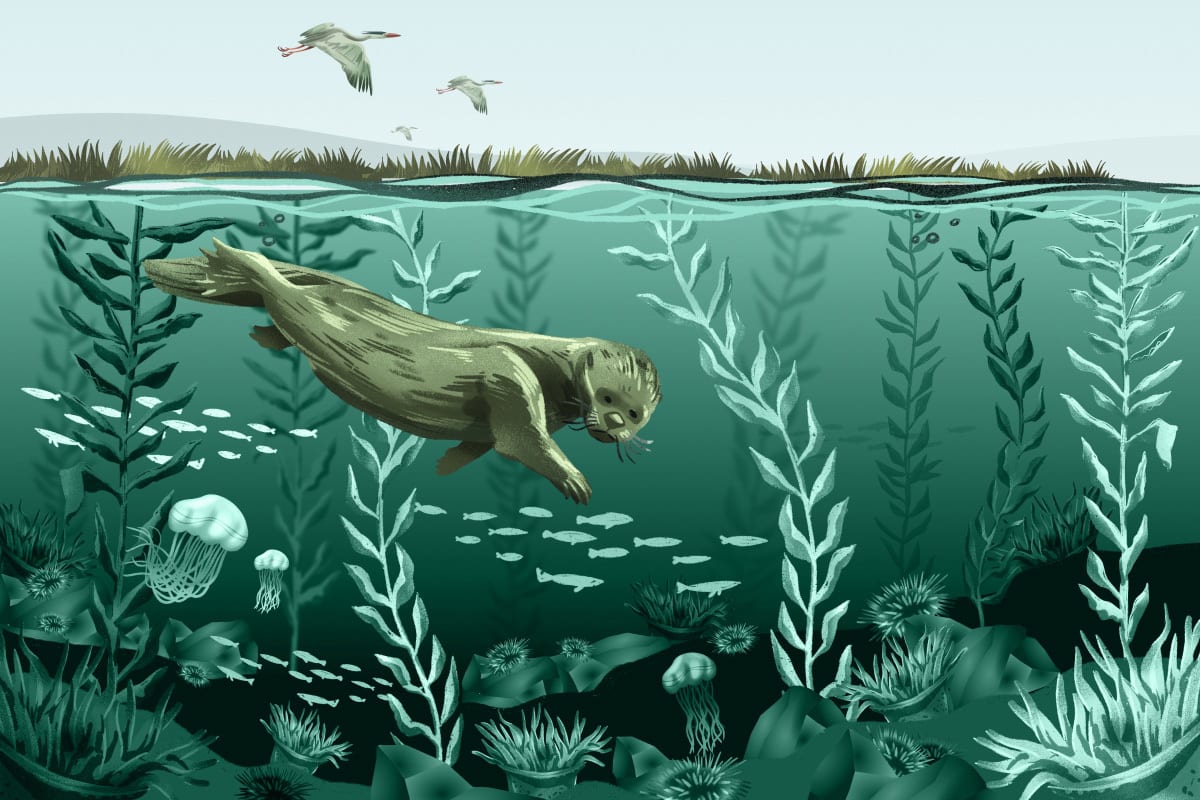
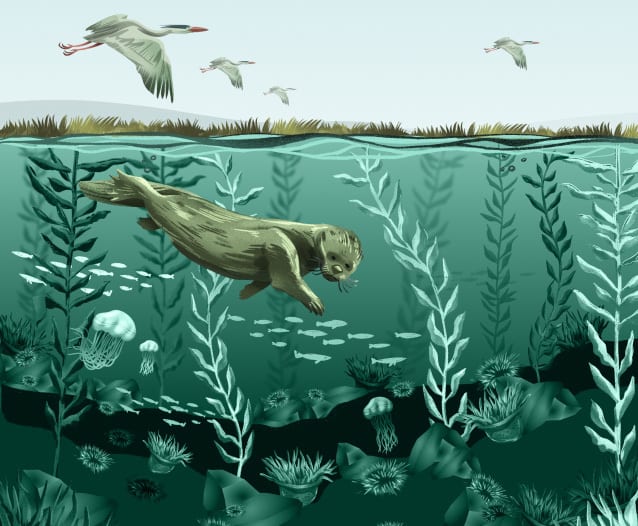

Salt marshes
Salt marshes
Seagrass meadows
Seagrass meadows
Kelp forests
Kelp forests


Salt marshes are exactly what they sound like — wet, muddy coastal areas found in saltwater. They protect coastlines from storms and sea-level rise.

Learn more
Salt marshes
Salt marshes are important habitat for wildlife including American eel, great blue herons and common tern. You can find saltmarshes along all three of Canada’s coasts. The salt marshes of the Bras d’Or Lake/ Pitu’pok
in Nova Scotia are critical habitat for the American eel (Anguilla rostata). The eel is a food source for Mi'kmaq and plays an important role in cultural and ceremonial practices. Shellfish in the marsh mud are another important food source.
Salt marshes are important habitat for wildlife including North American river otters, lion’s mane jellyfish, American eel, great blue herons and common tern. You can find salt marshes along all three of Canada’s coasts. The salt marshes of the Bras d’Or Lake/ Pitu’pok in Nova Scotia are critical habitat for the American eel (Anguilla rostrata). The eel is a food source for Mi'kmaq and plays an important role in cultural and ceremonial practices. Shellfish in the marsh mud are another important food source.





Seagrass meadows are filled with long, grassy aquatic plants (not to be confused with seaweed) and eelgrass (Zostera marina) is the main species found in Canada. Seagrasses can be found along all three of Canada’s coasts.

Learn more
Foraging mammals, shellfish and seabirds use seagrass meadows as shelter. Eelgrass is a traditional food source for some coastal First Nations, including the Haida, Nuu-chah-nulth and Kwakwaka’wakw Peoples.
Eelgrass is also critical nursery habitat for culturally important fish species, such as salmon.
Foraging mammals, shellfish and seabirds use seagrass meadows as shelter. Eelgrass is a traditional food source for some coastal First Nations, including the Haida, Nuu-chah-nulth and Kwakwaka’wakw Peoples. Eelgrass is also critical nursery habitat for culturally important fish species, such as salmon.
Seagrass meadows





Think of a forest, but underwater and with a rocky floor. Kelp forests are found in deeper waters than salt marshes and seagrass meadows. Kelp can grow up to 60 centimetres a day and sequester huge amounts of carbon.

Learn more
Kelp forests act as habitat for sea stars, anemones, sea lions, gulls, egrets and even sea otters and are also found in all three oceans surrounding Canada. For Pacific Northwest Indigenous Peoples, kelp has subsistence, spiritual and symbolic importance.
Herring spawn-on-kelp is an important traditional fishery, and kelp appears in Coast Salish myths and stories, representing the interdependence of Indigenous Peoples and the sea.
Kelp forests act as habitat for sea stars, anemones, sea lions, gulls, egrets and even sea otters and are also found in all three oceans surrounding Canada. For Pacific Northwest Indigenous Peoples, kelp has subsistence, spiritual and symbolic importance.Herring spawn-on-kelp is an important traditional fishery, and kelp appears in Coast Salish myths and stories, representing the interdependence of Indigenous Peoples and the sea.
Kelp forests



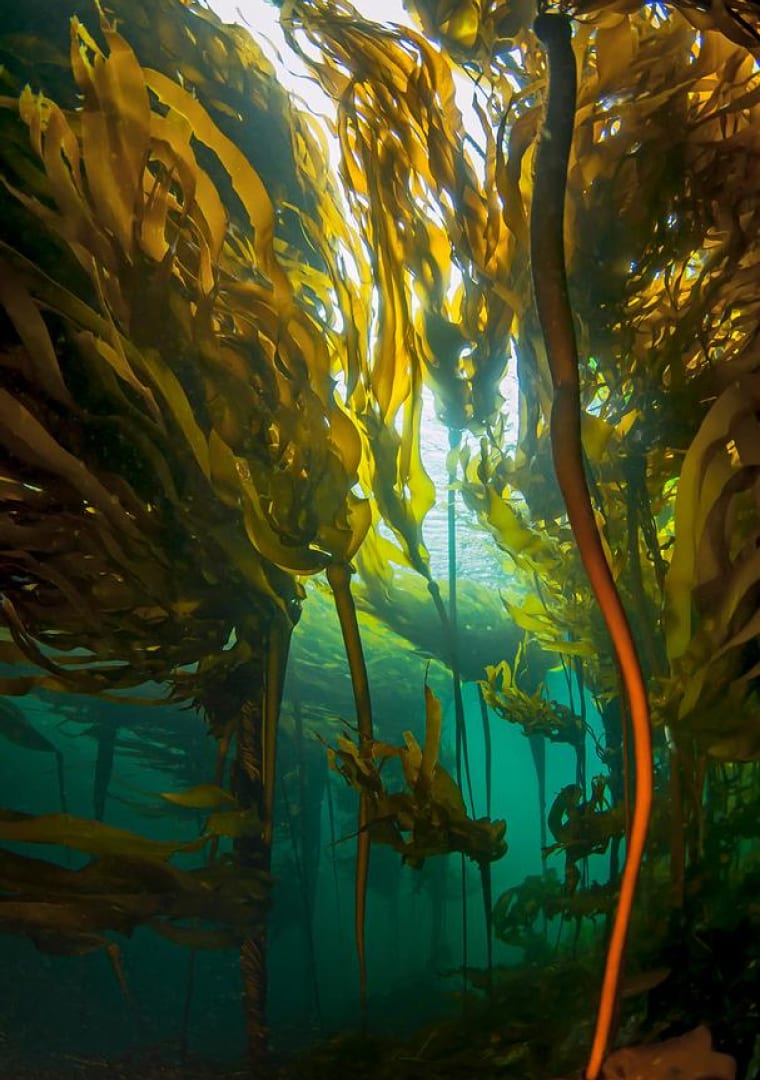
The protection, sustainable management and restoration of blue carbon ecosystems are known as nature-based climate solutions (NbCS). These conservation actions may also provide benefits for biodiversity, climate and human well-being. Evidence suggests that blue carbon NbCS may deliver disproportionately large climate benefits per unit area compared to terrestrial and freshwater ecosystems. While more research is needed to build a greater understanding of carbon stocks and sequestration along Canada’s expansive coastline, knowledge gaps must not delay action.
Blue Carbon as a Nature-based Climate Solution
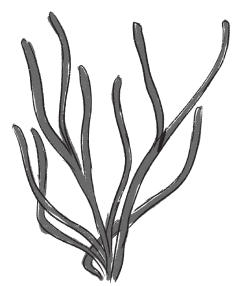

© Eiko Jones Photography





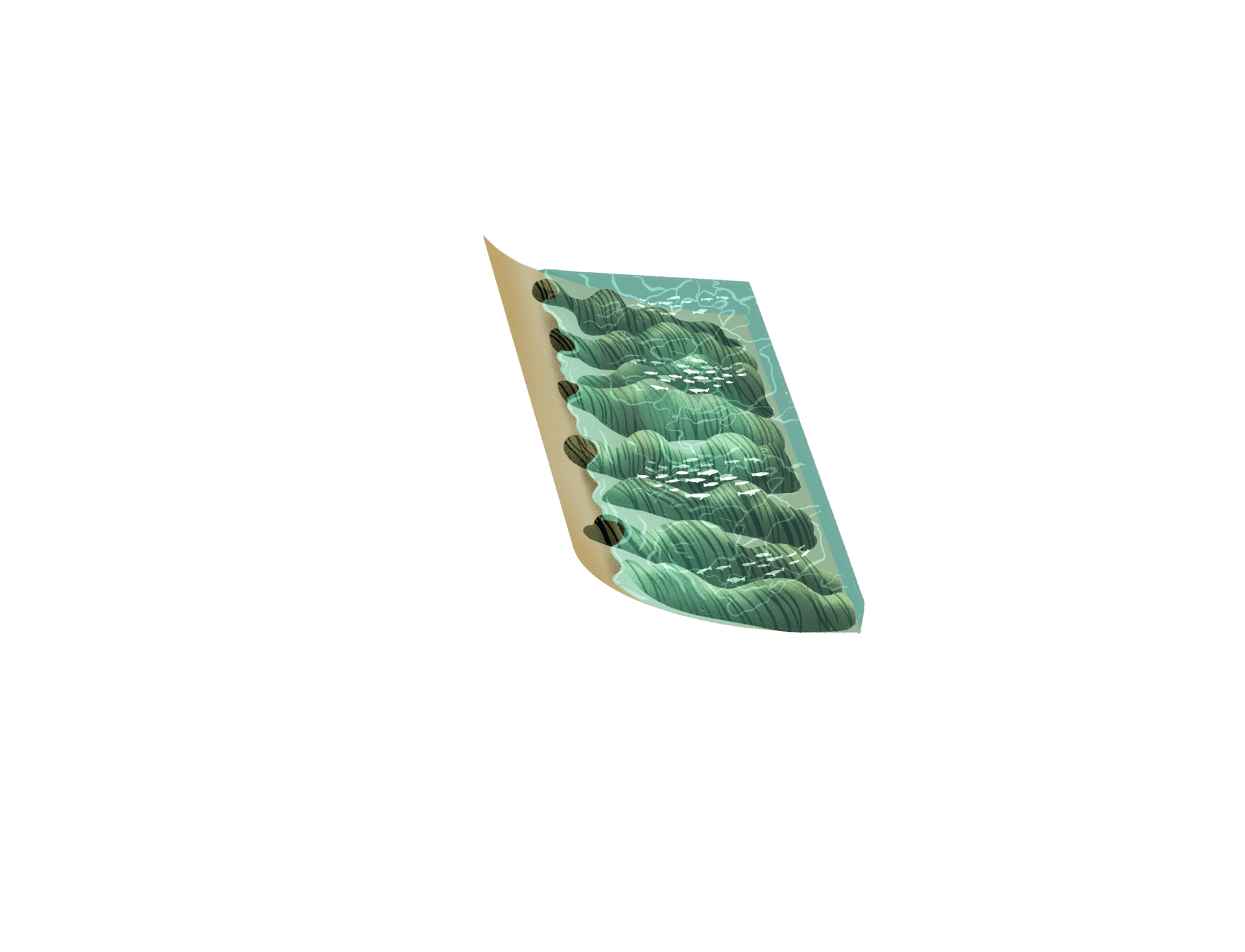
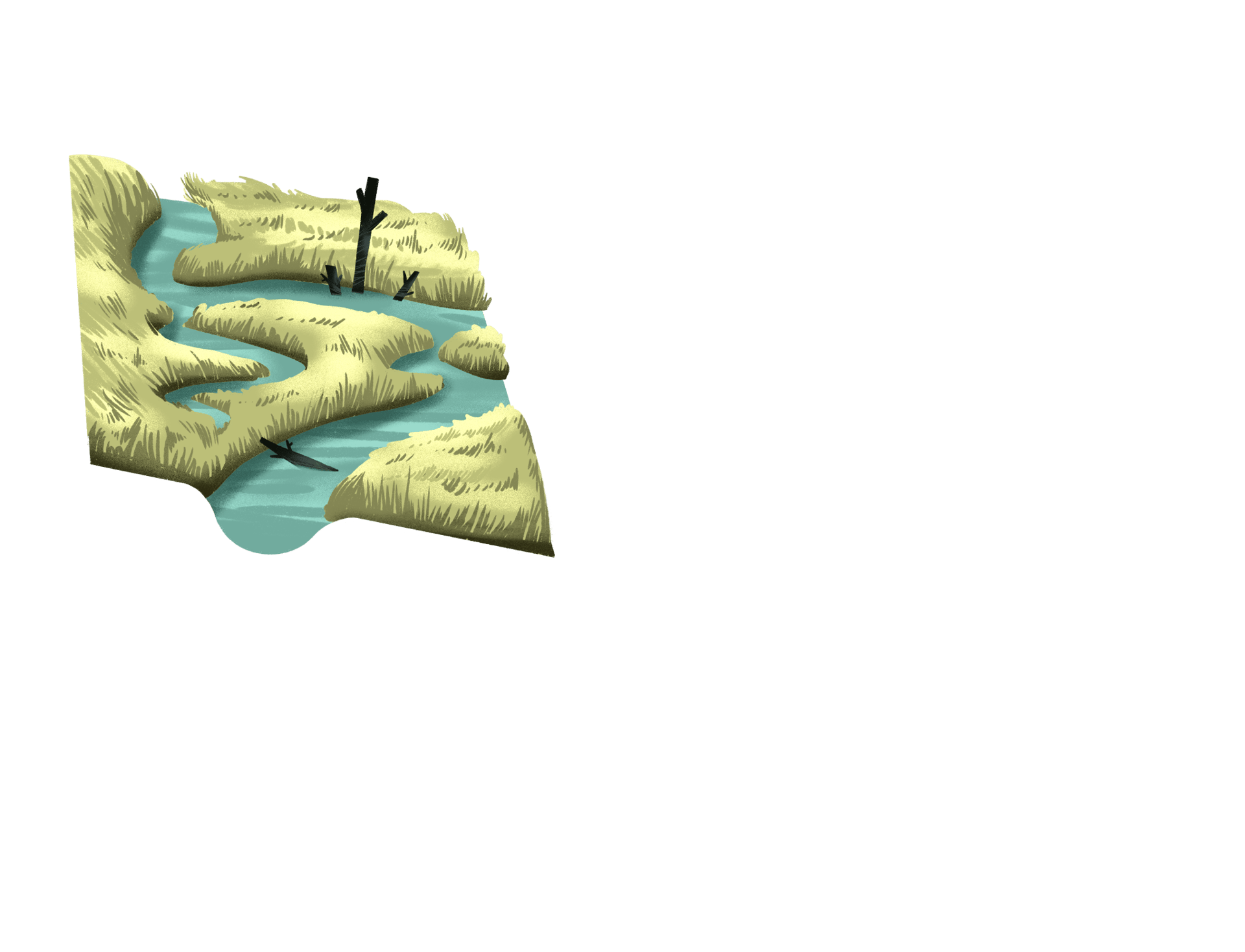
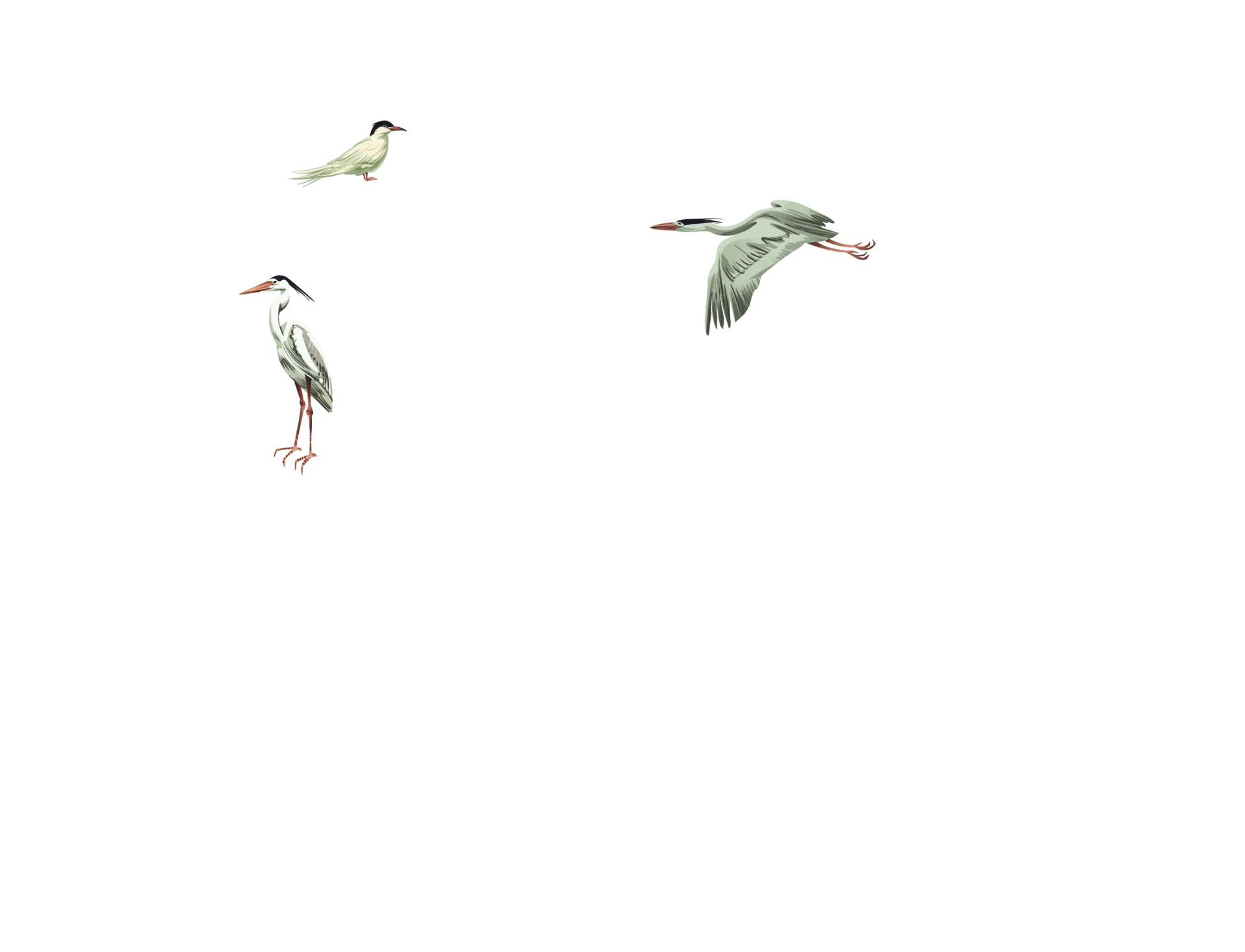

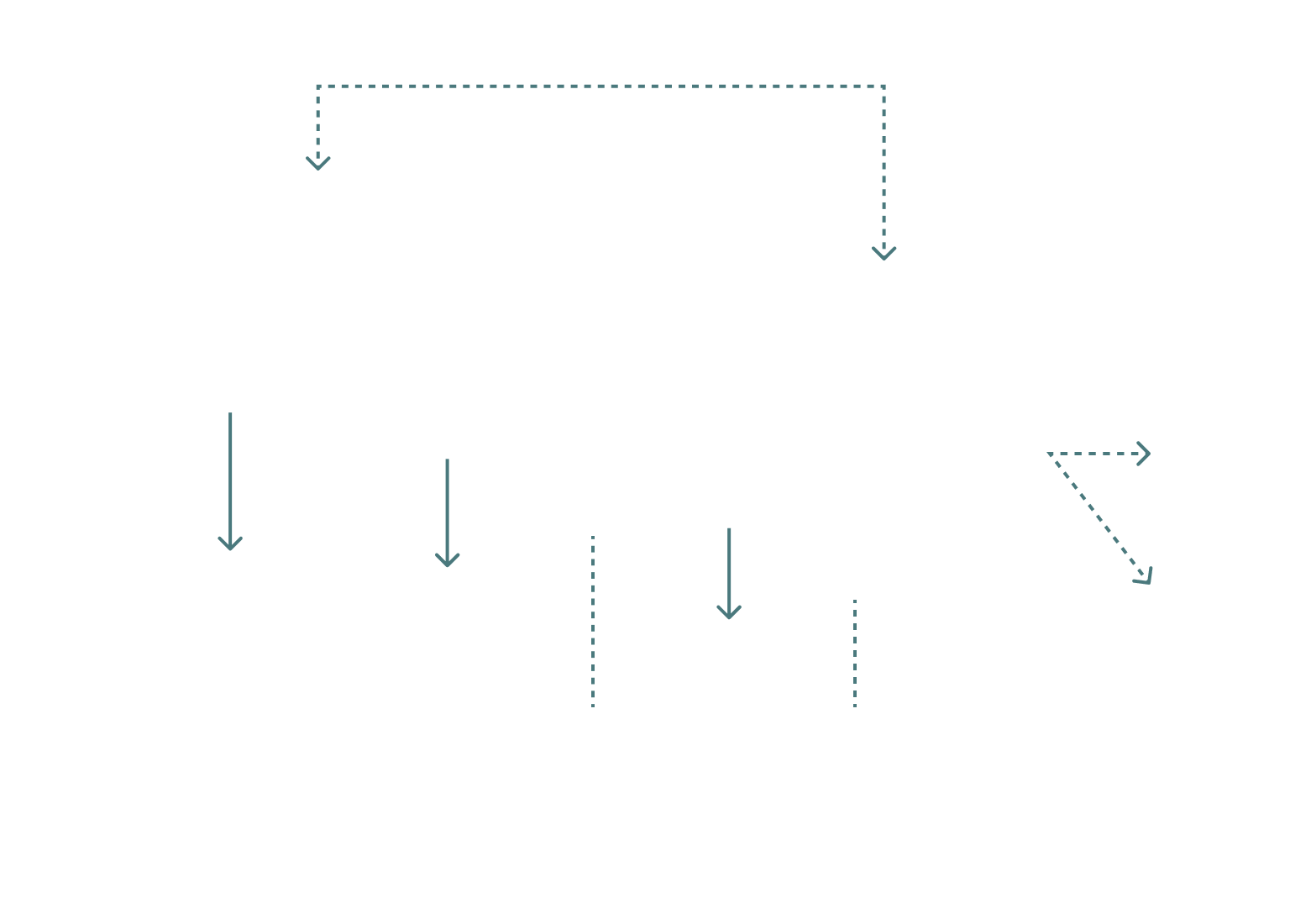


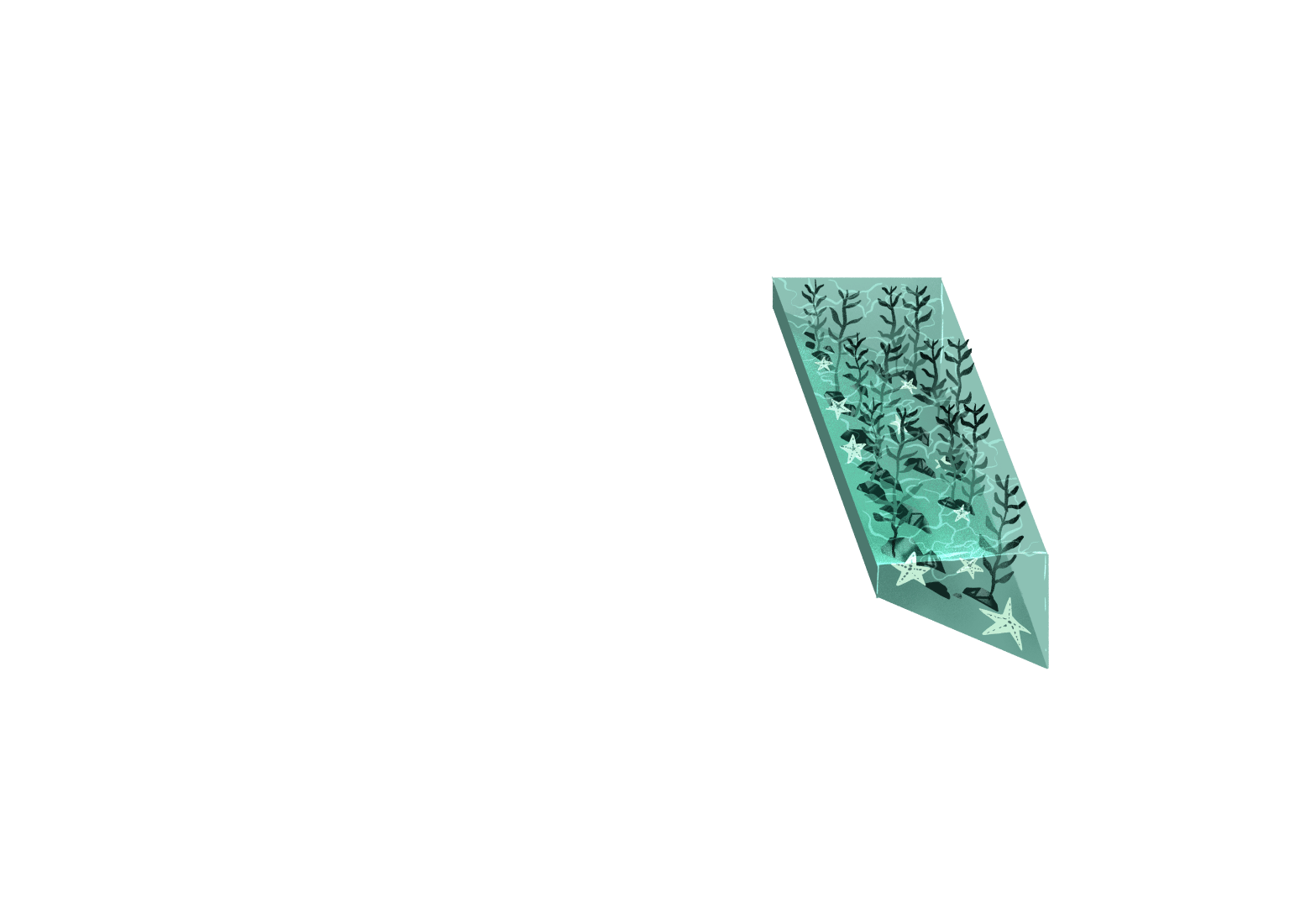
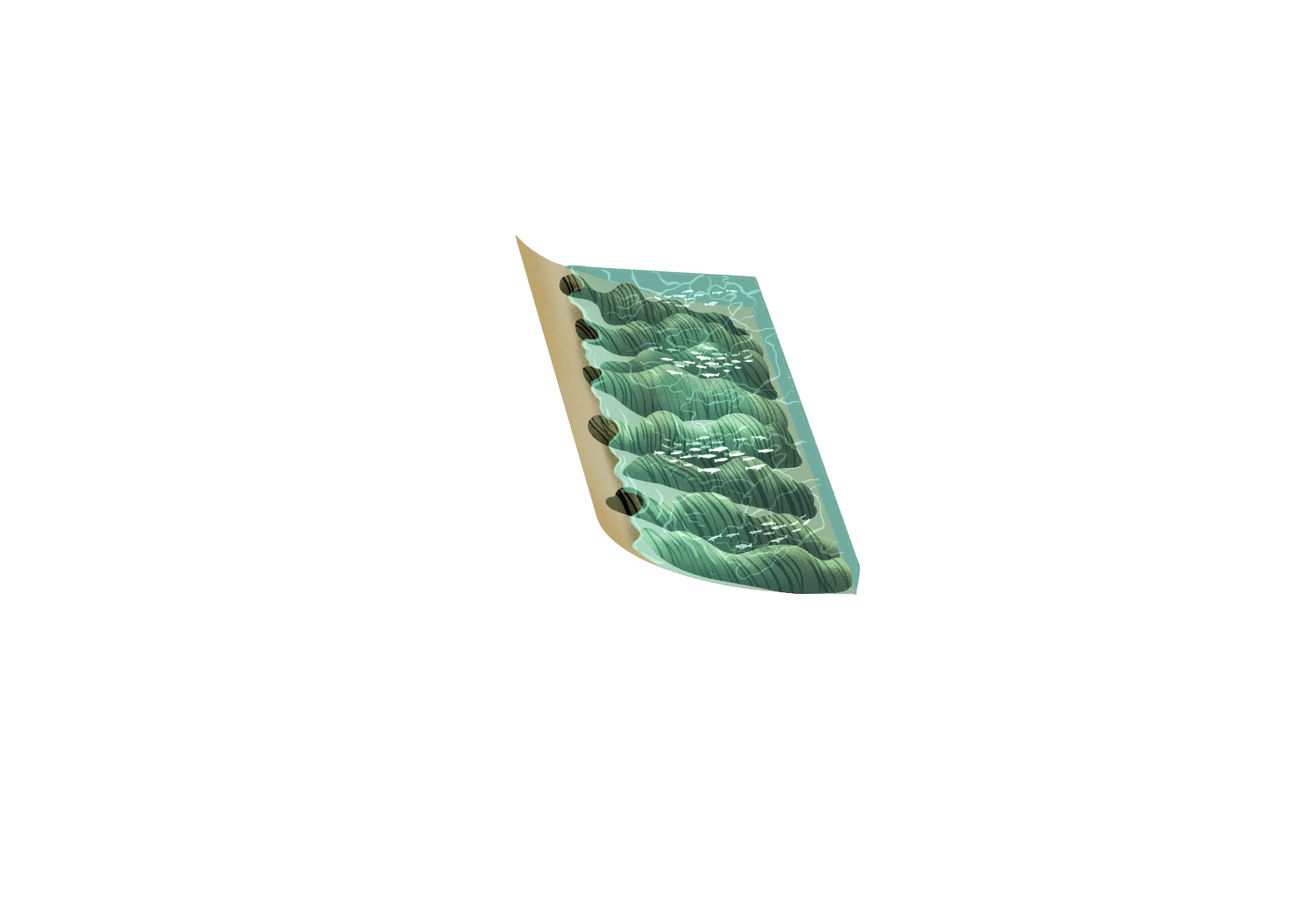
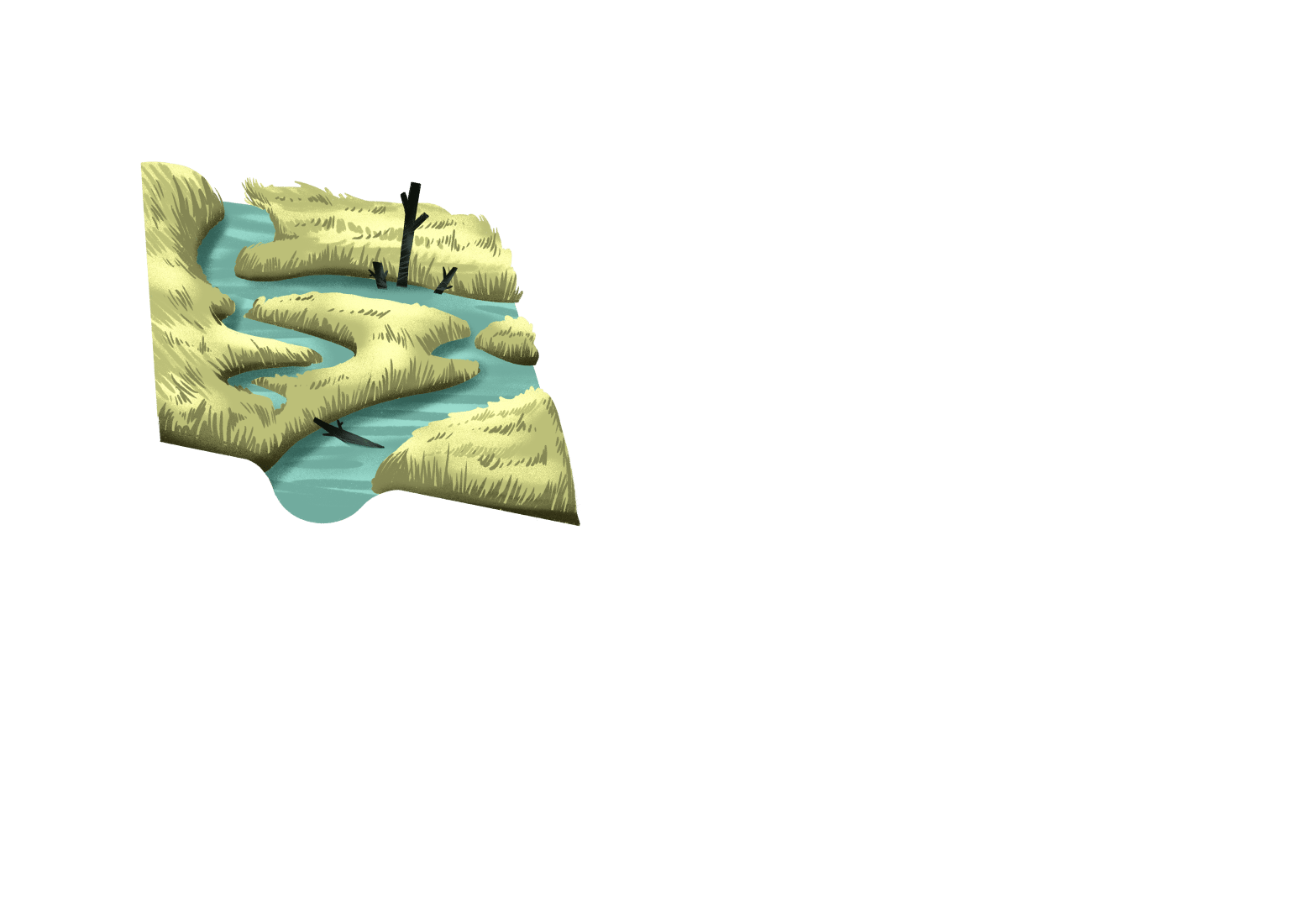
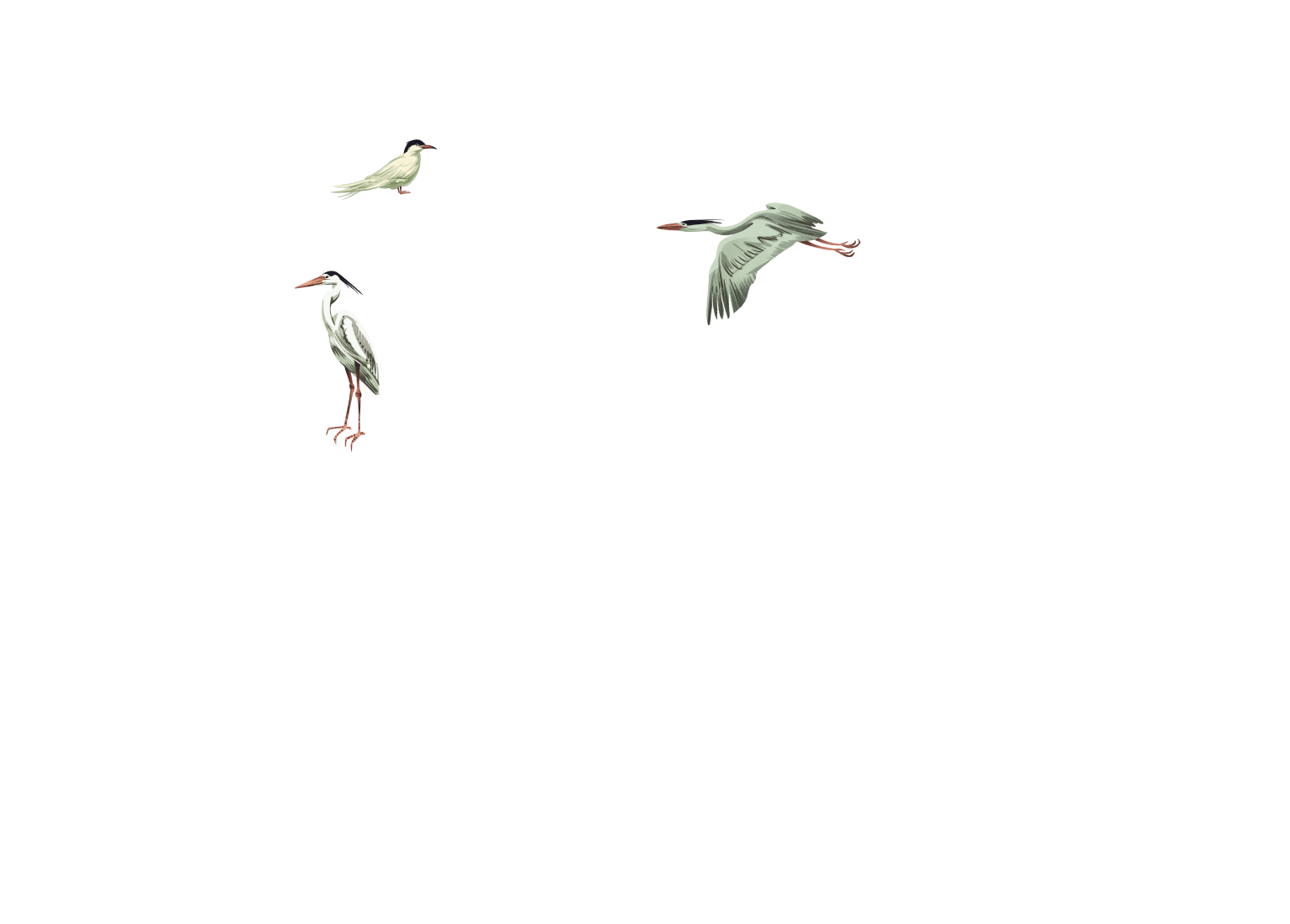

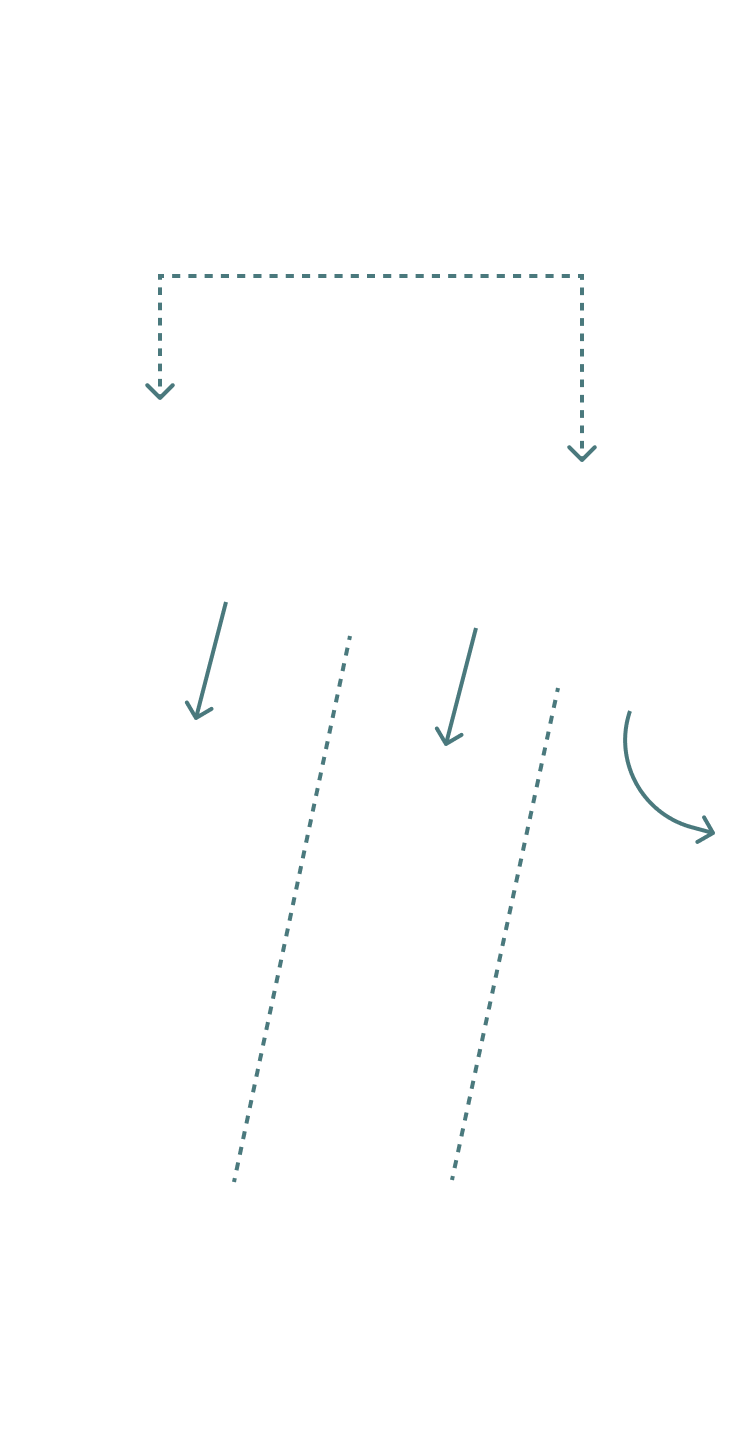
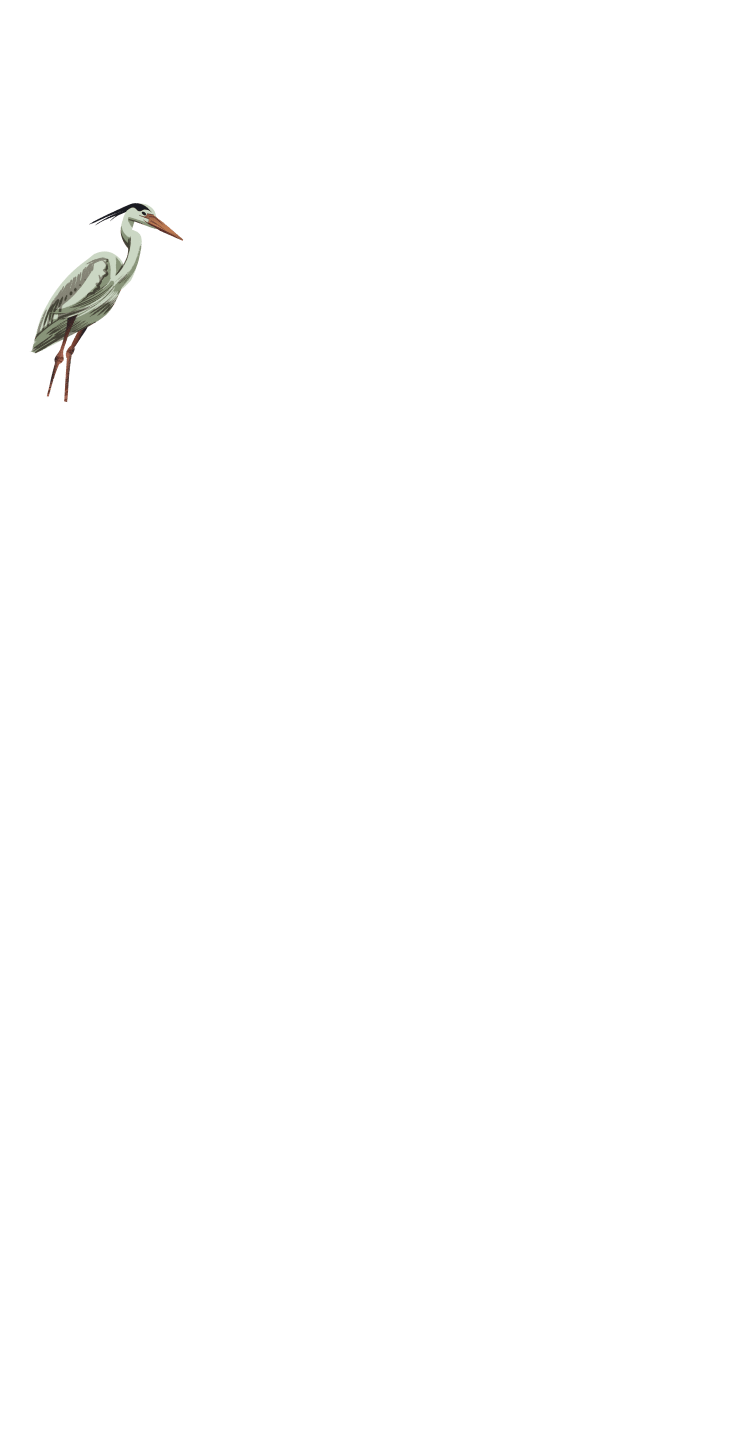
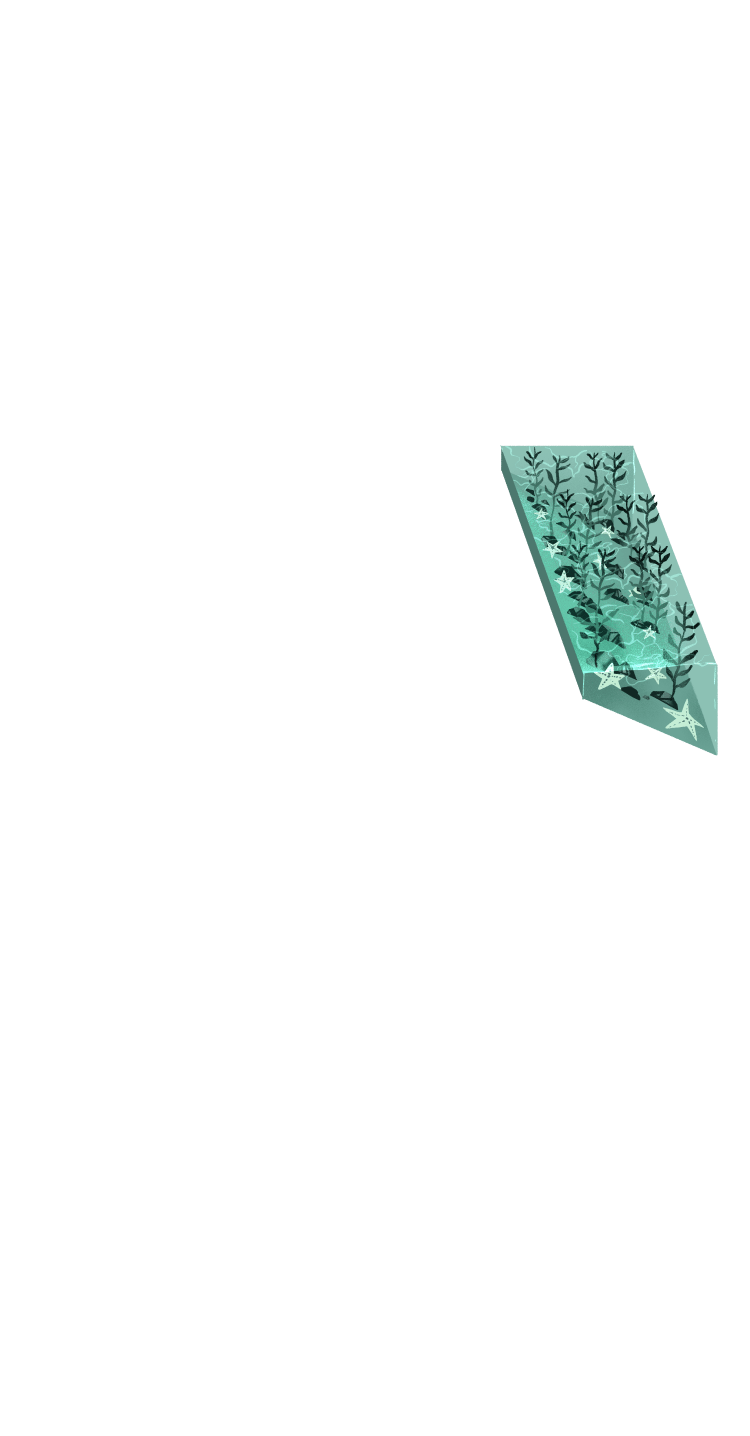

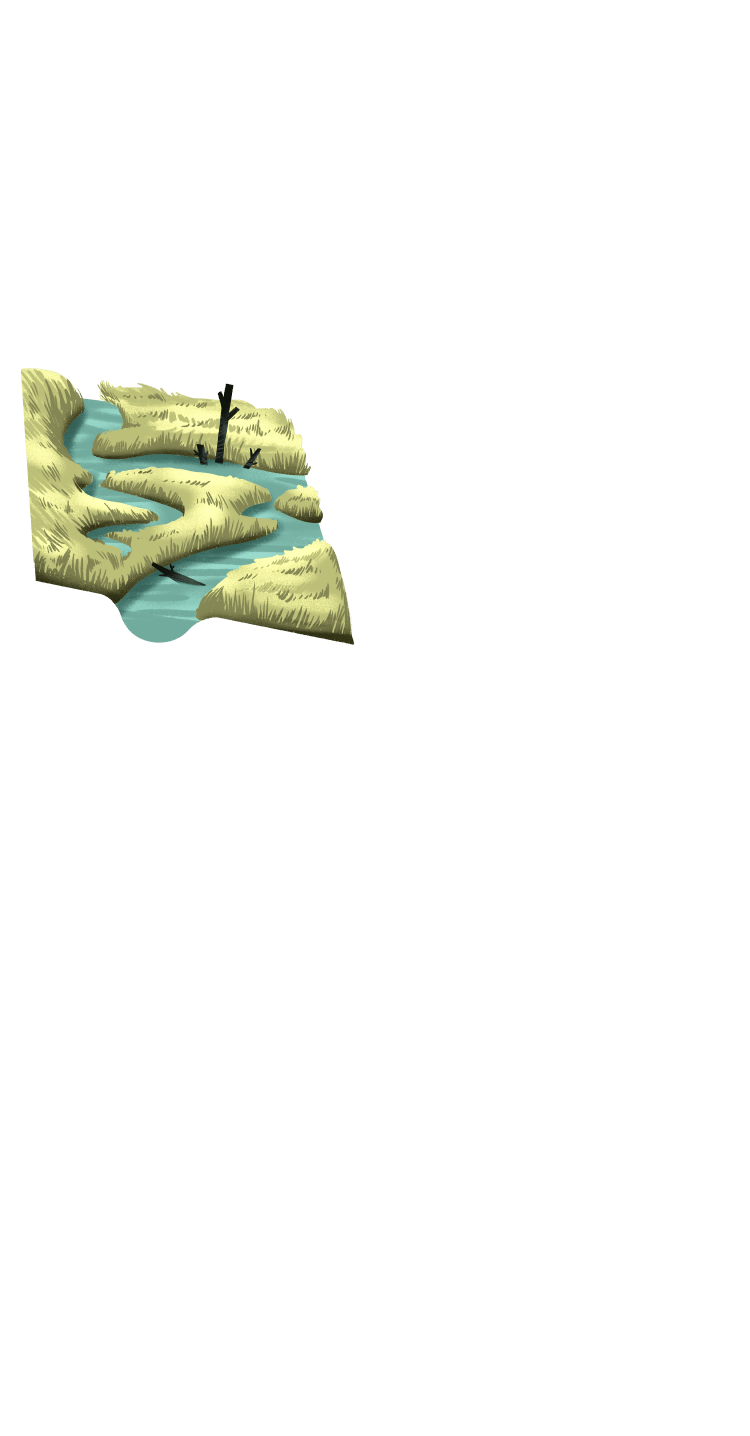
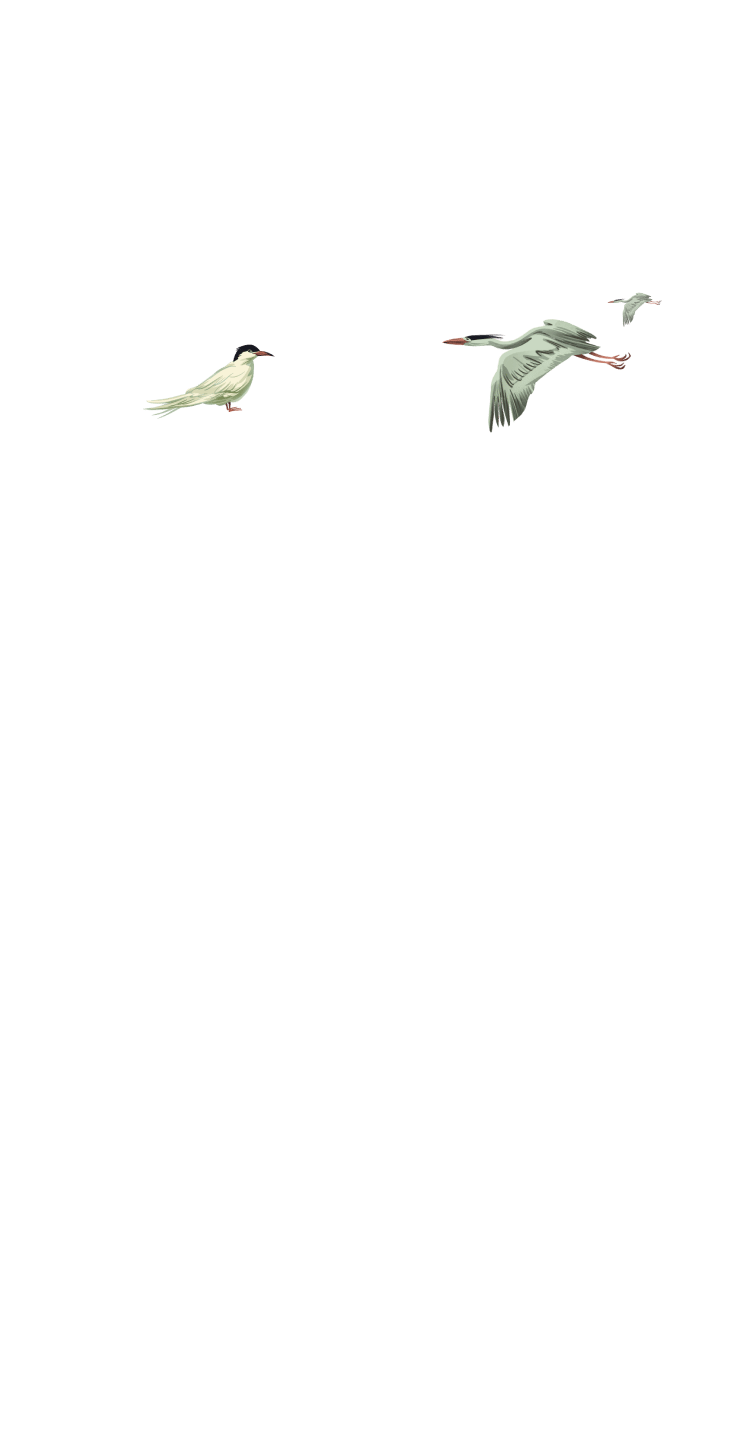
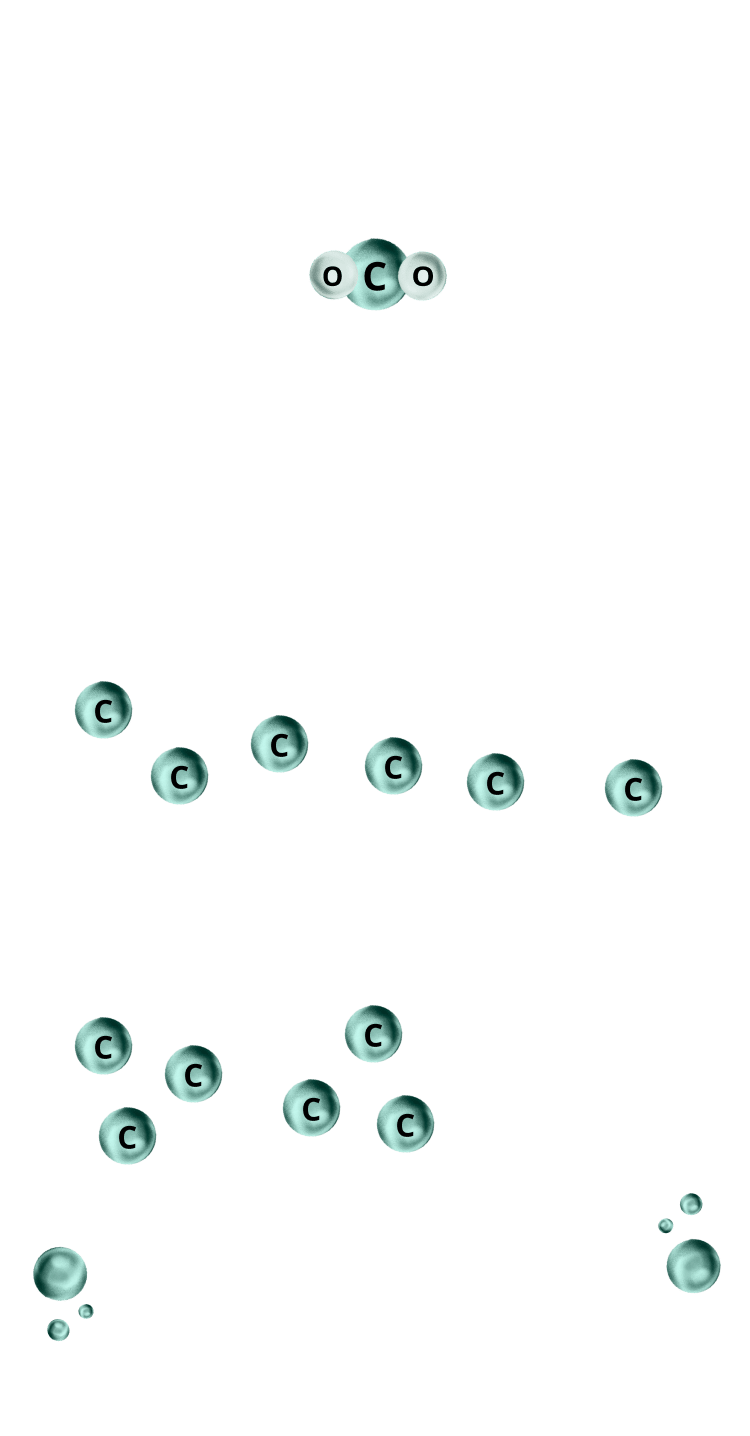




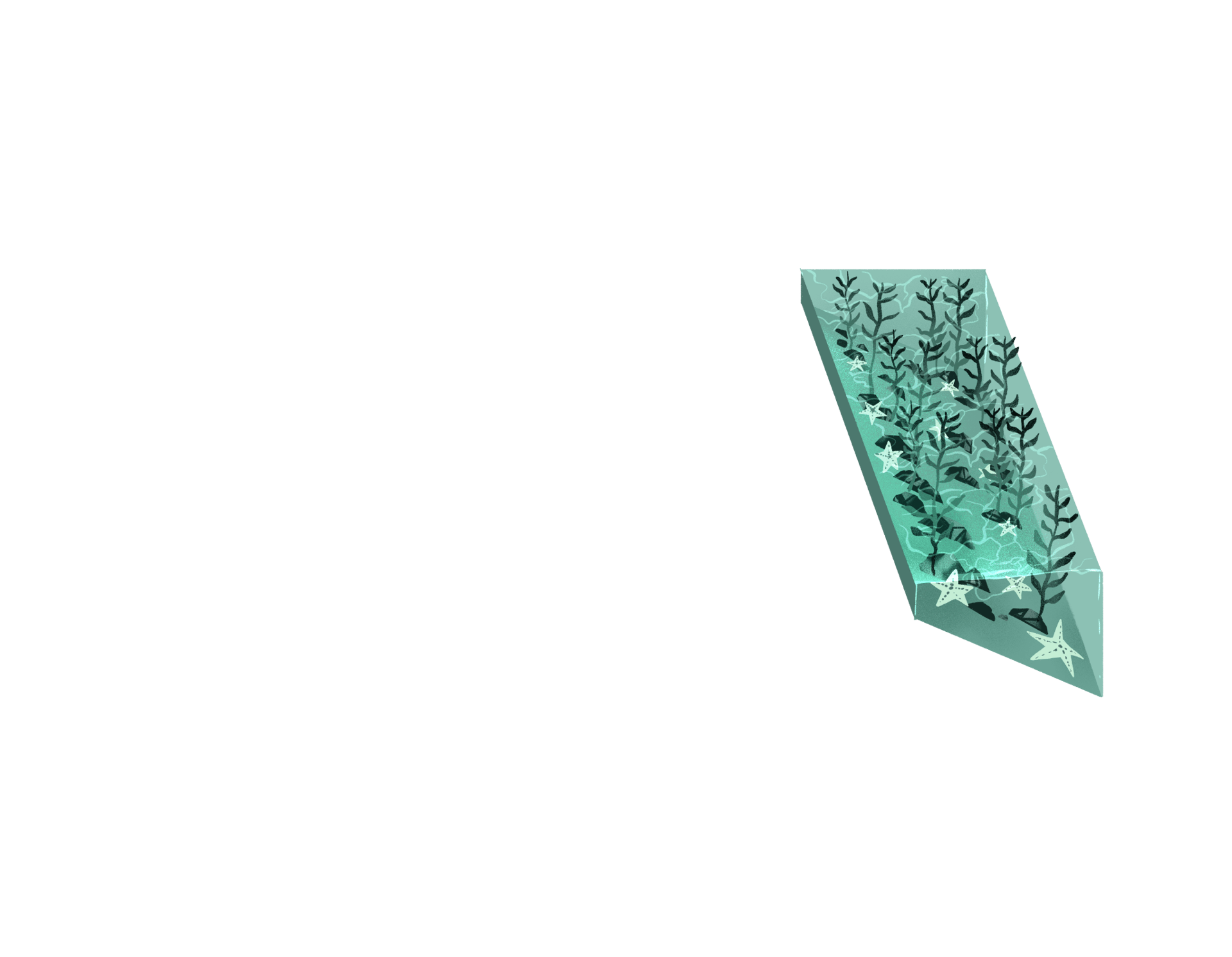
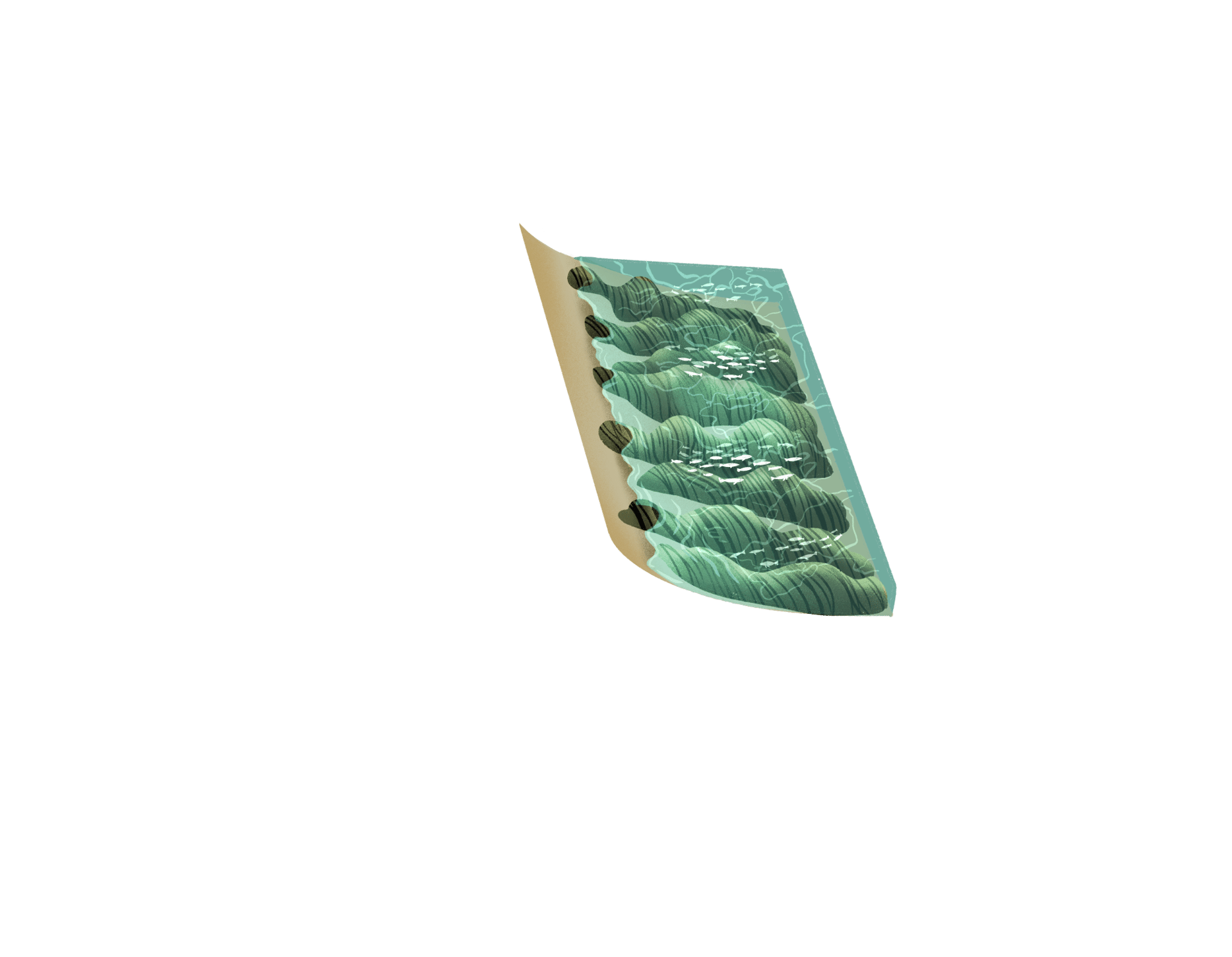
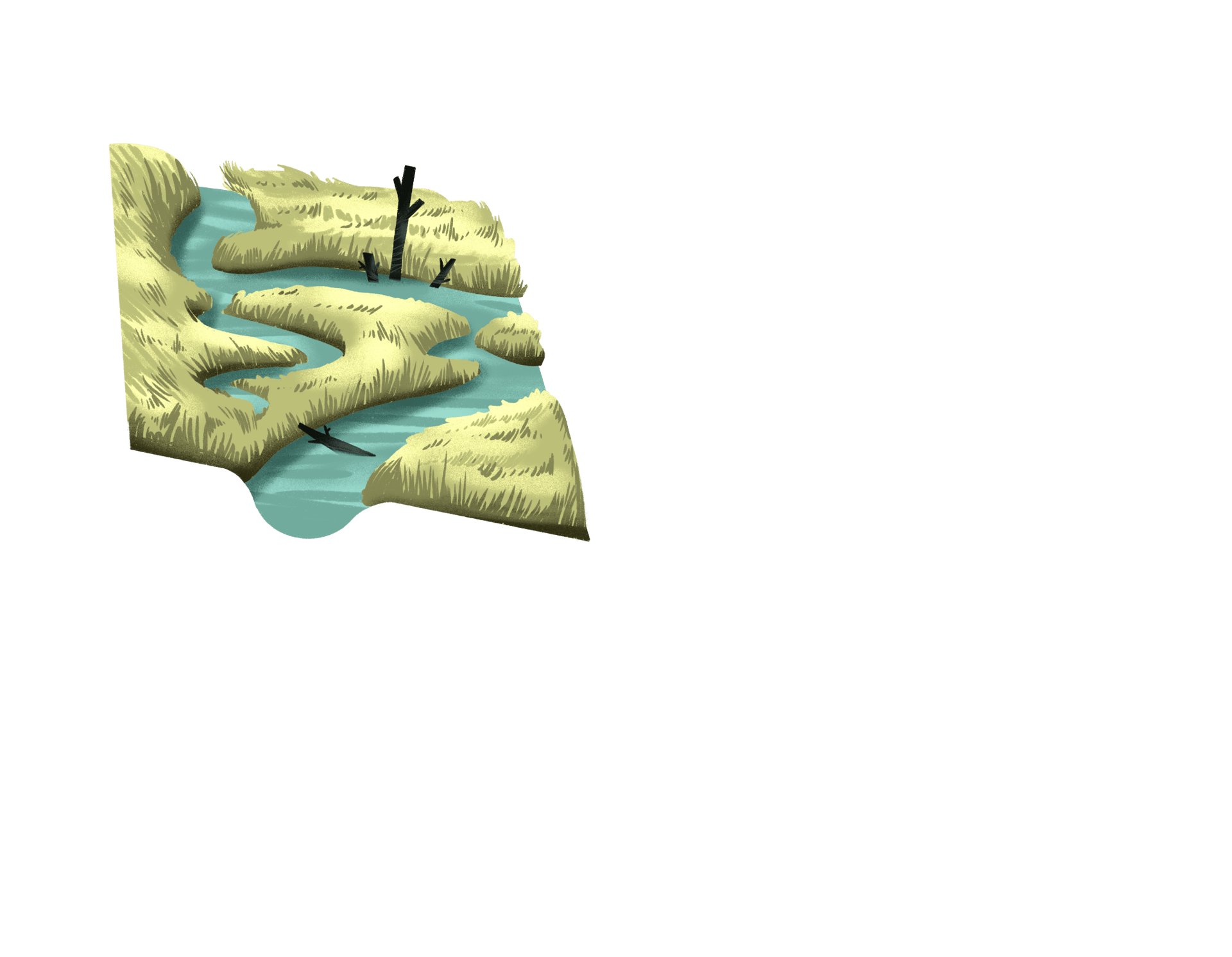
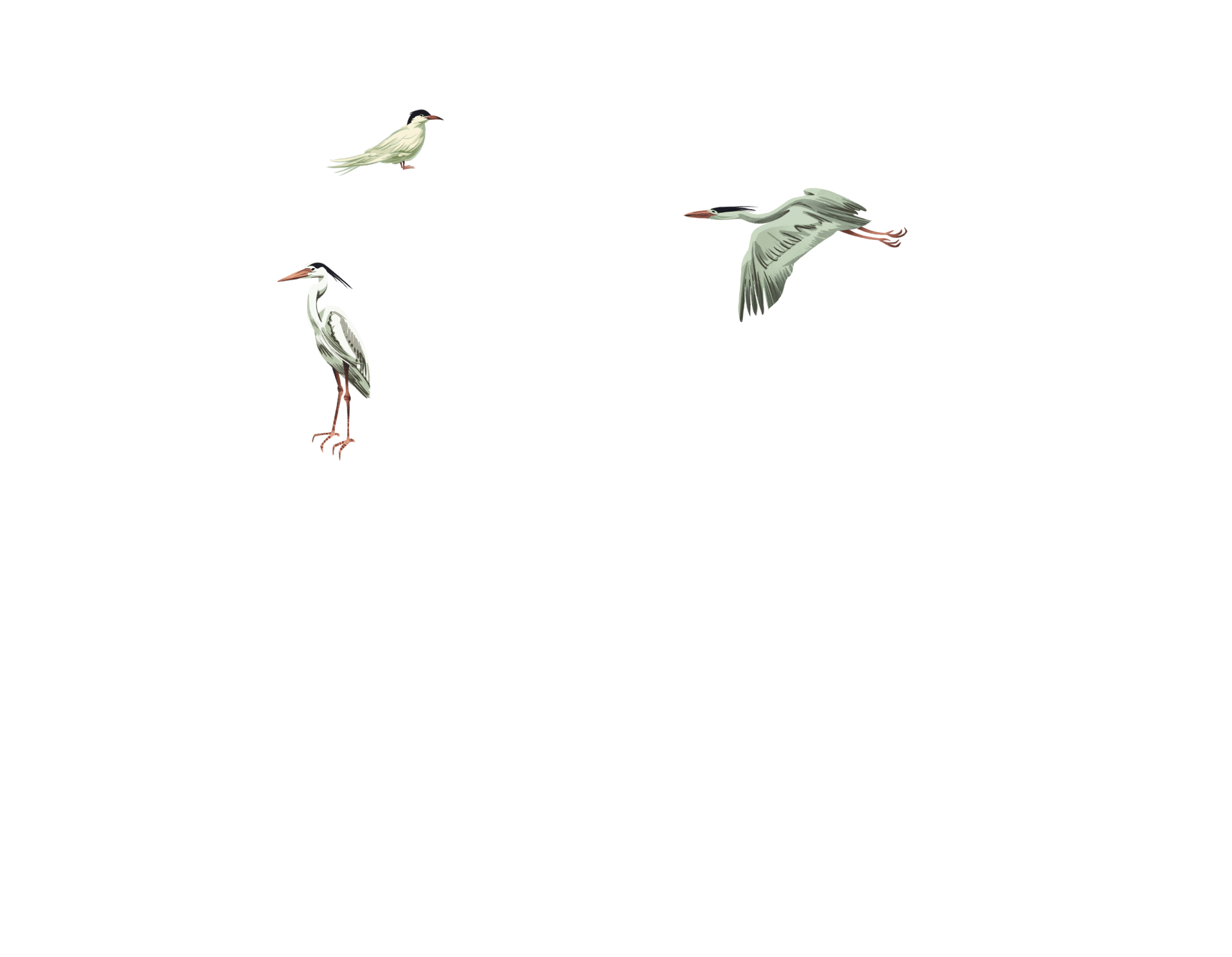




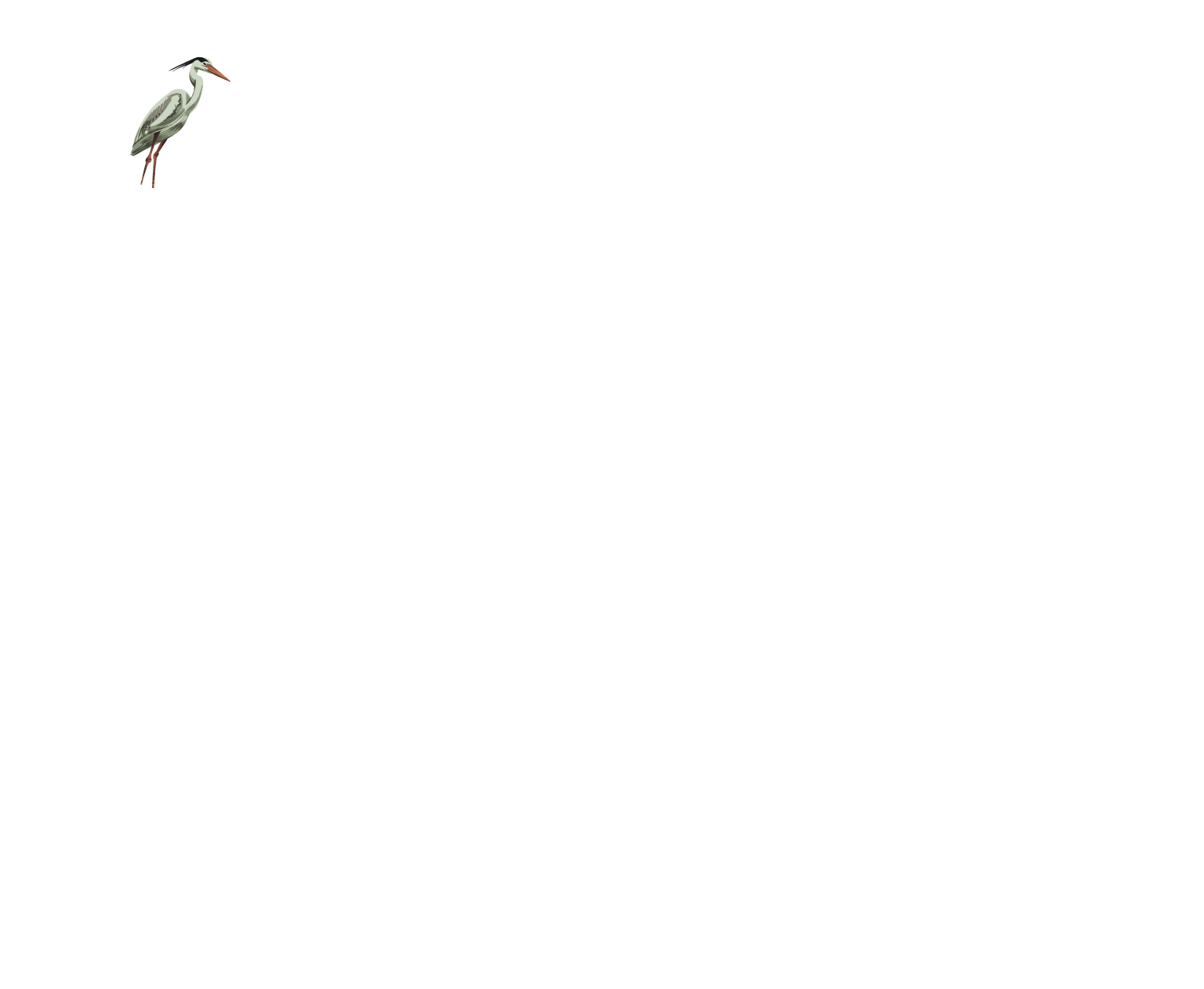

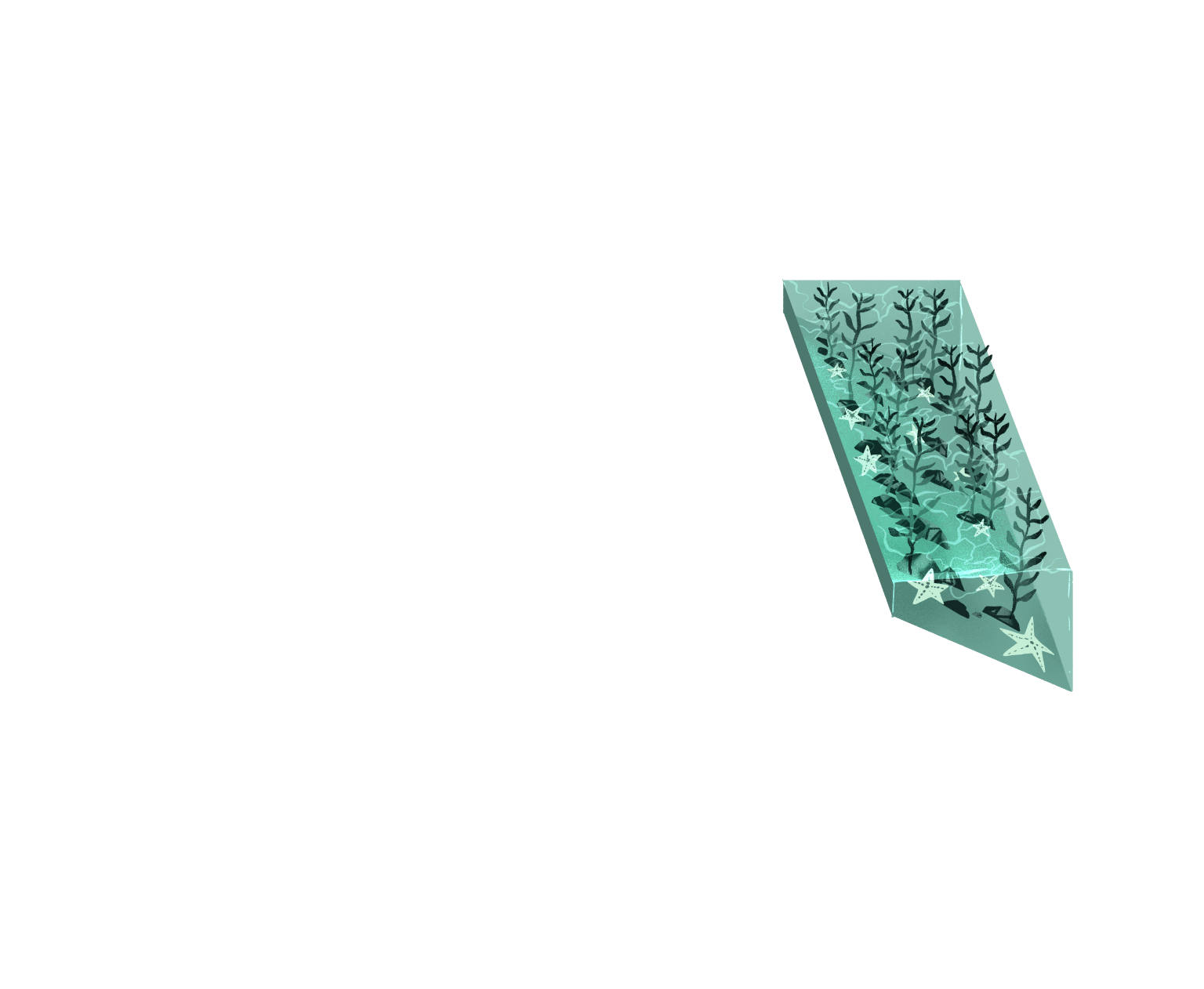
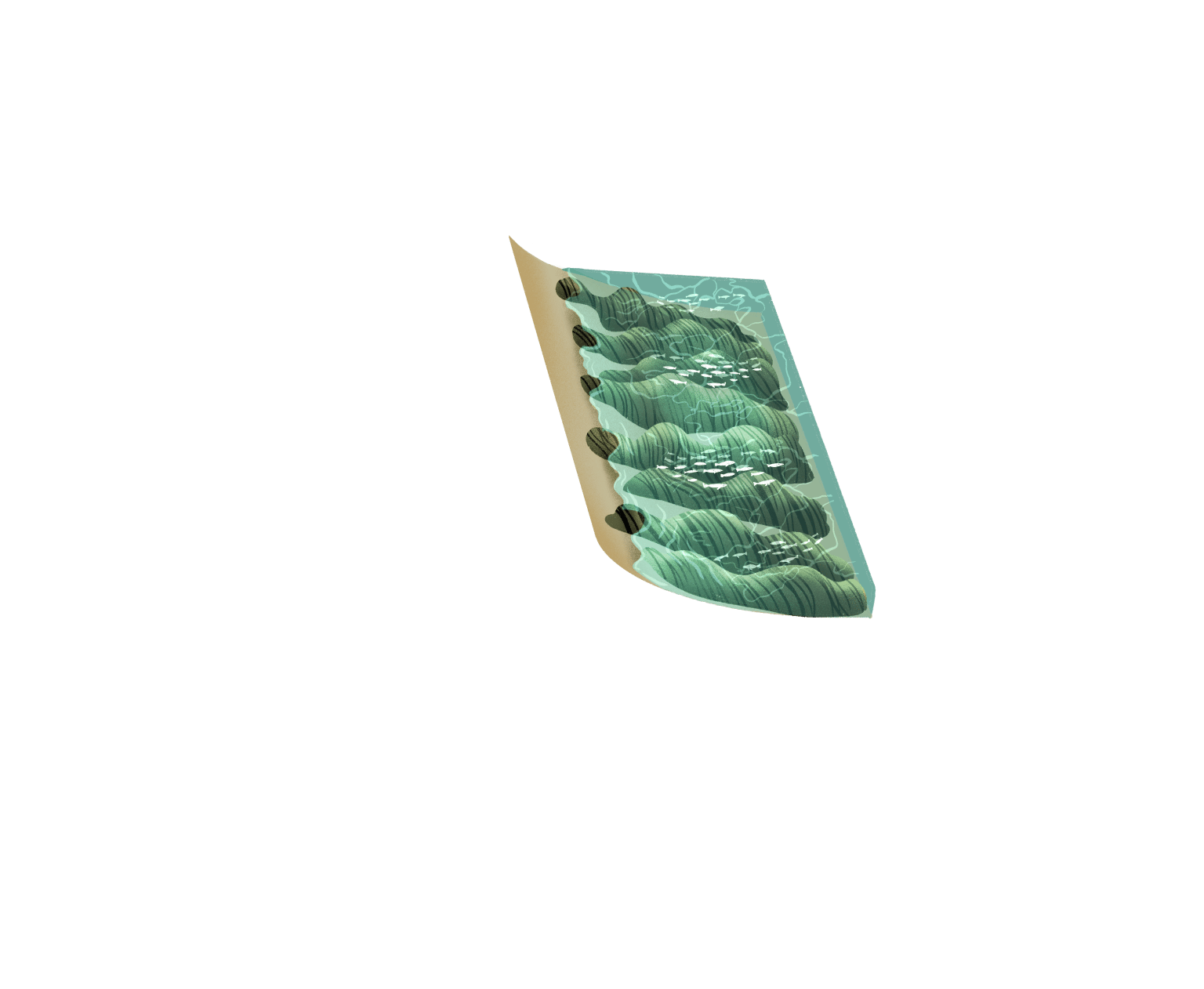
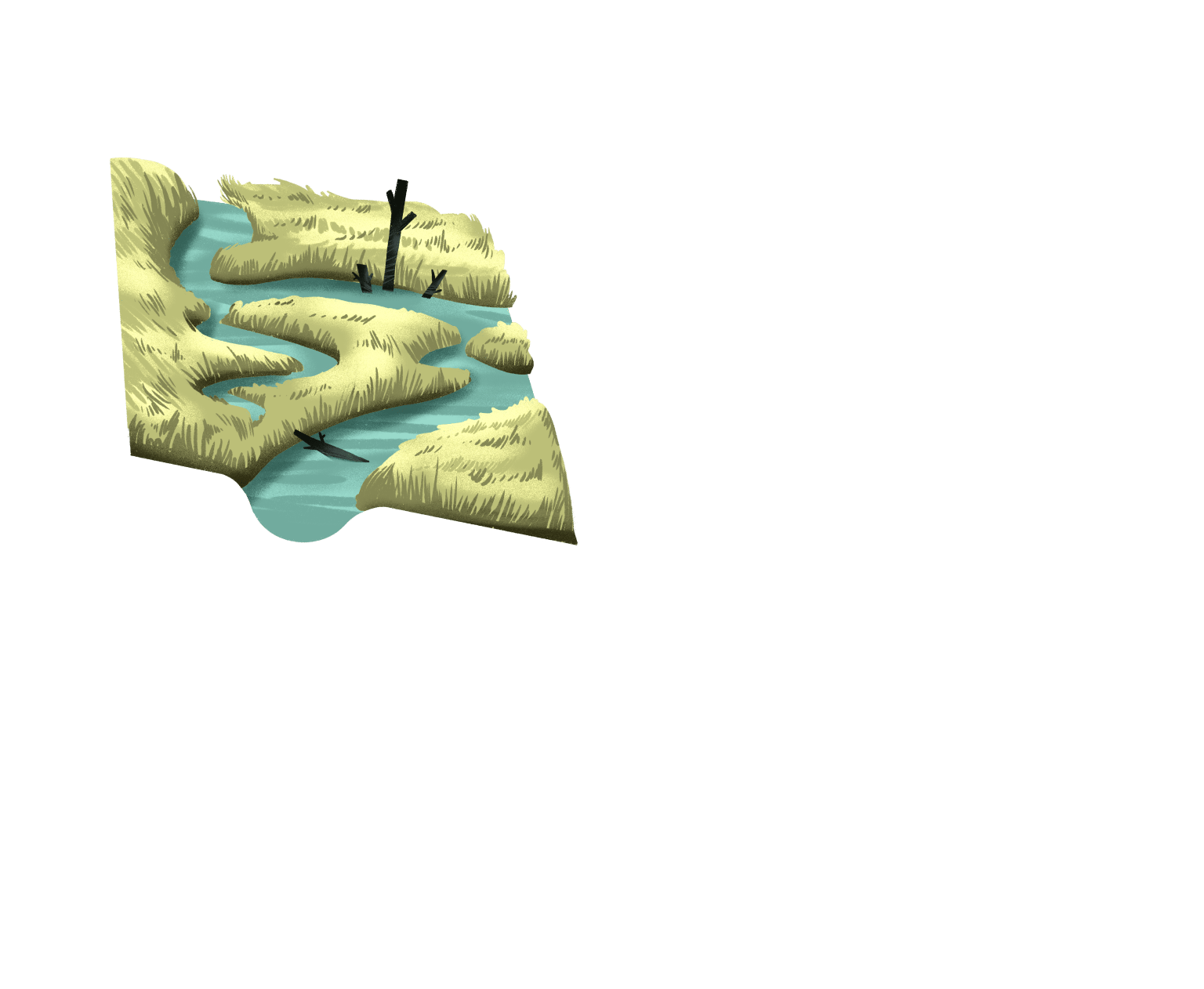
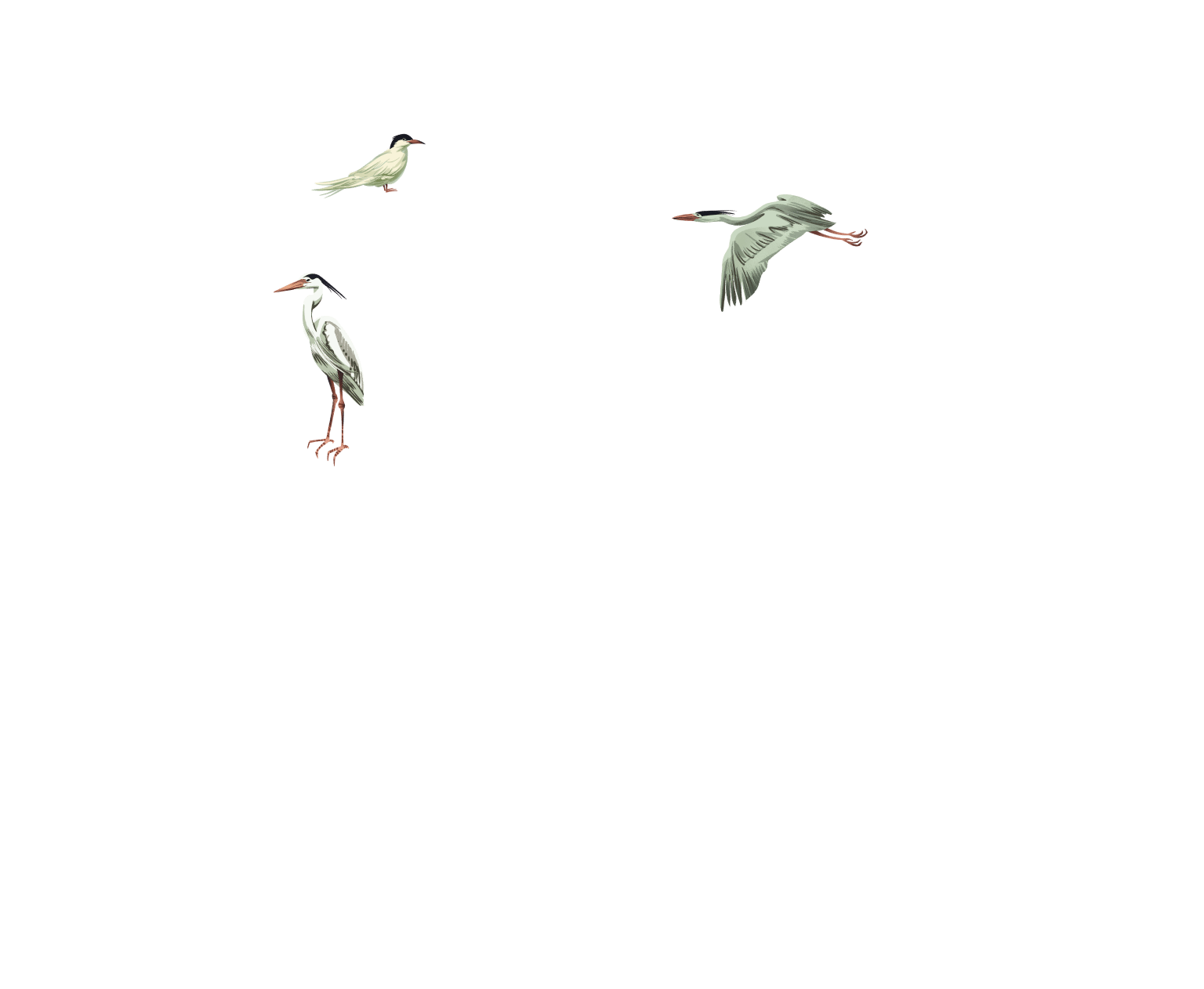




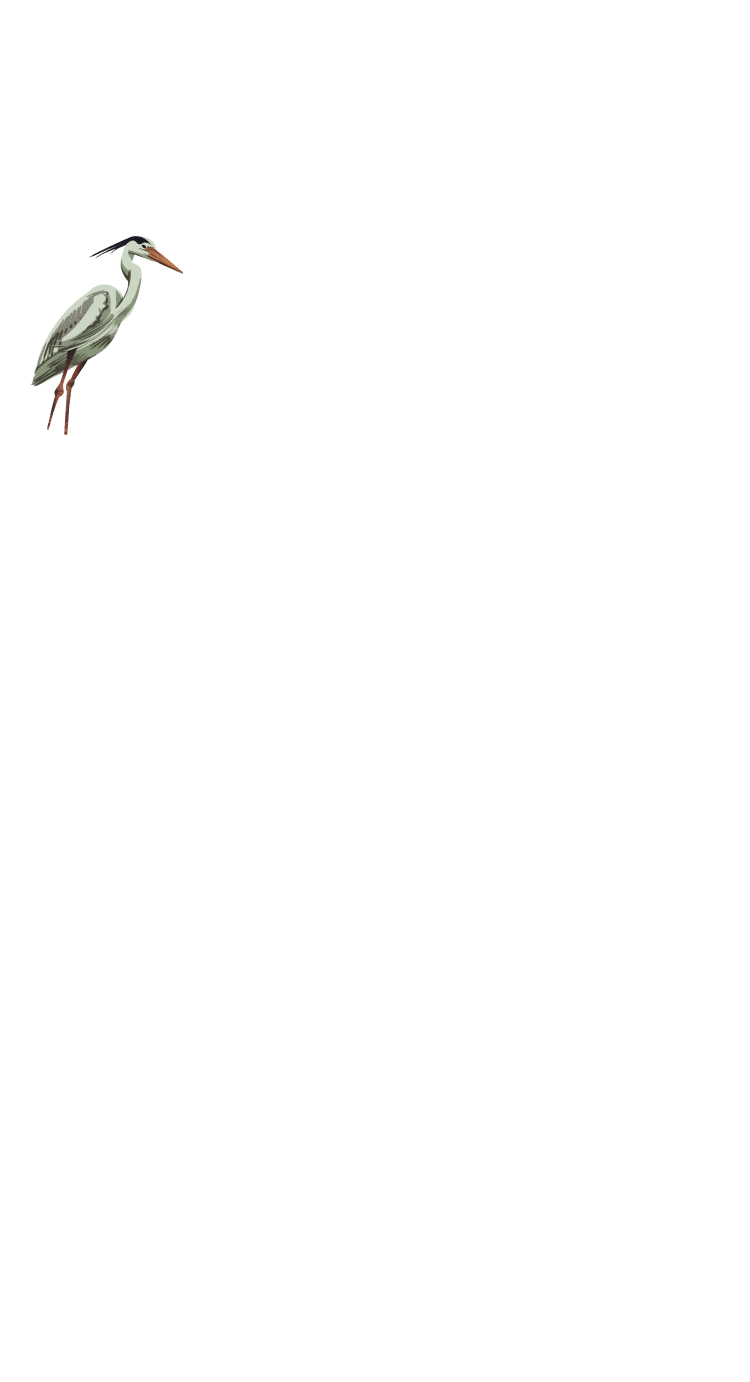
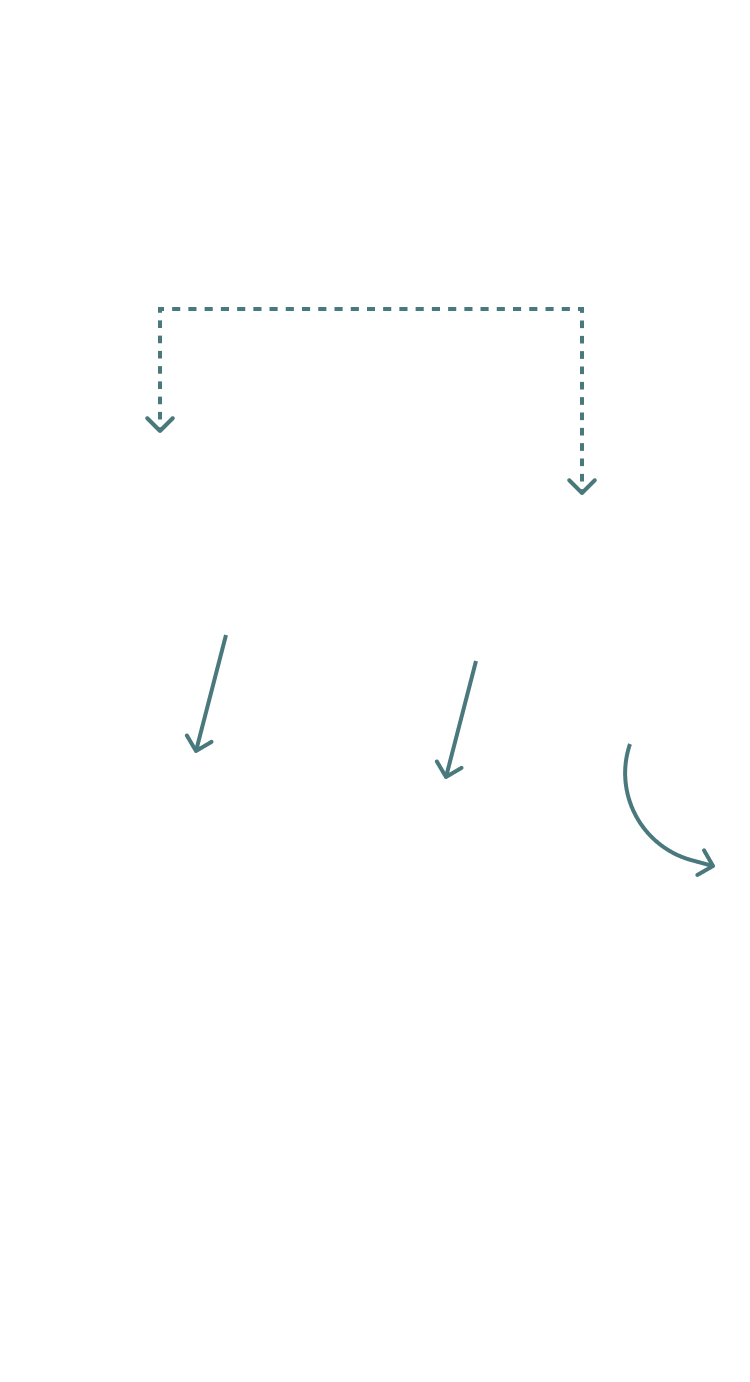
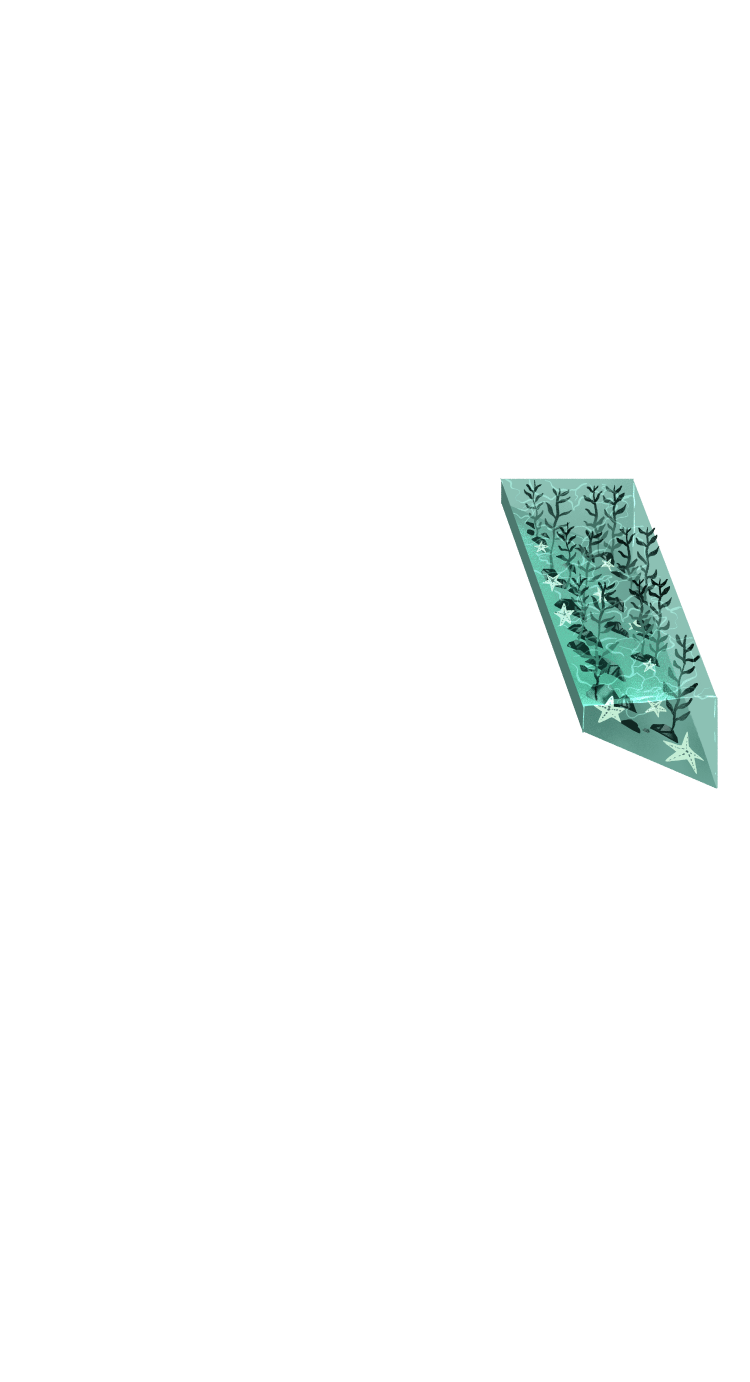
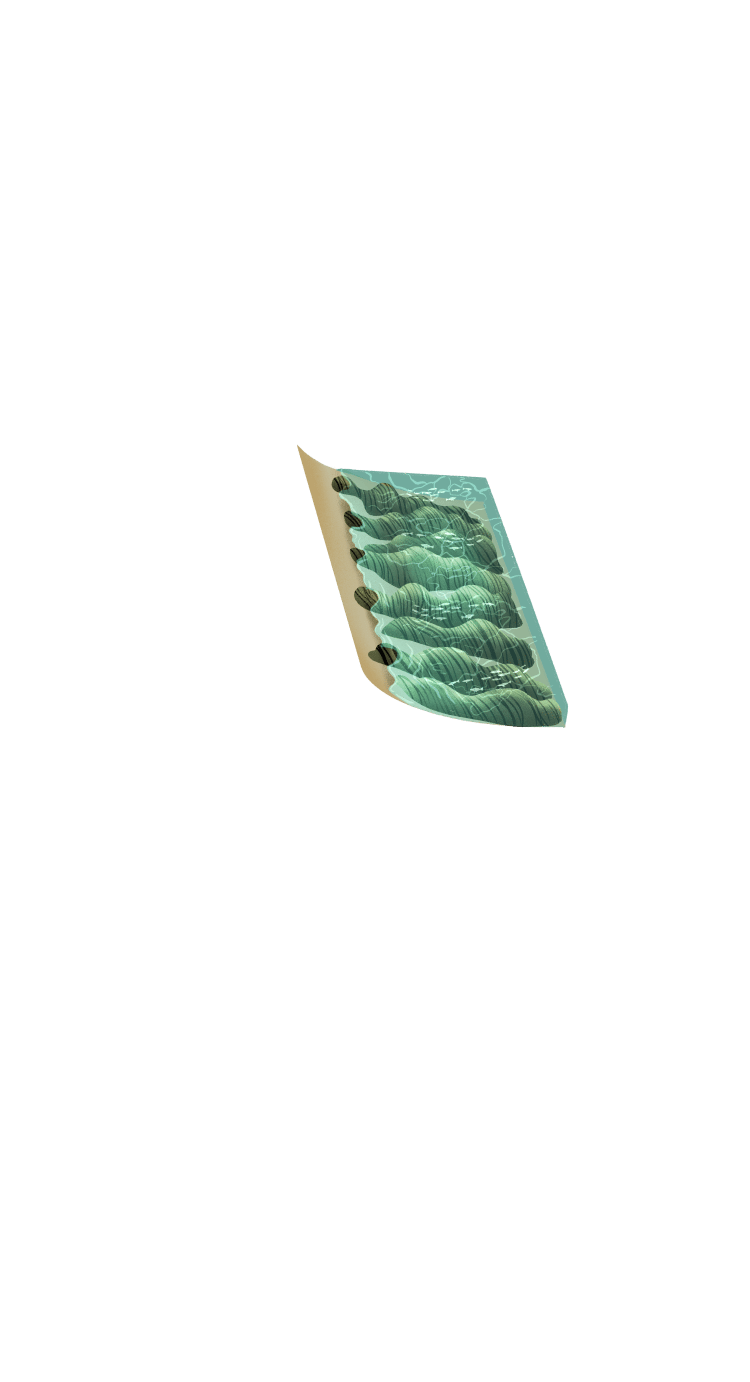
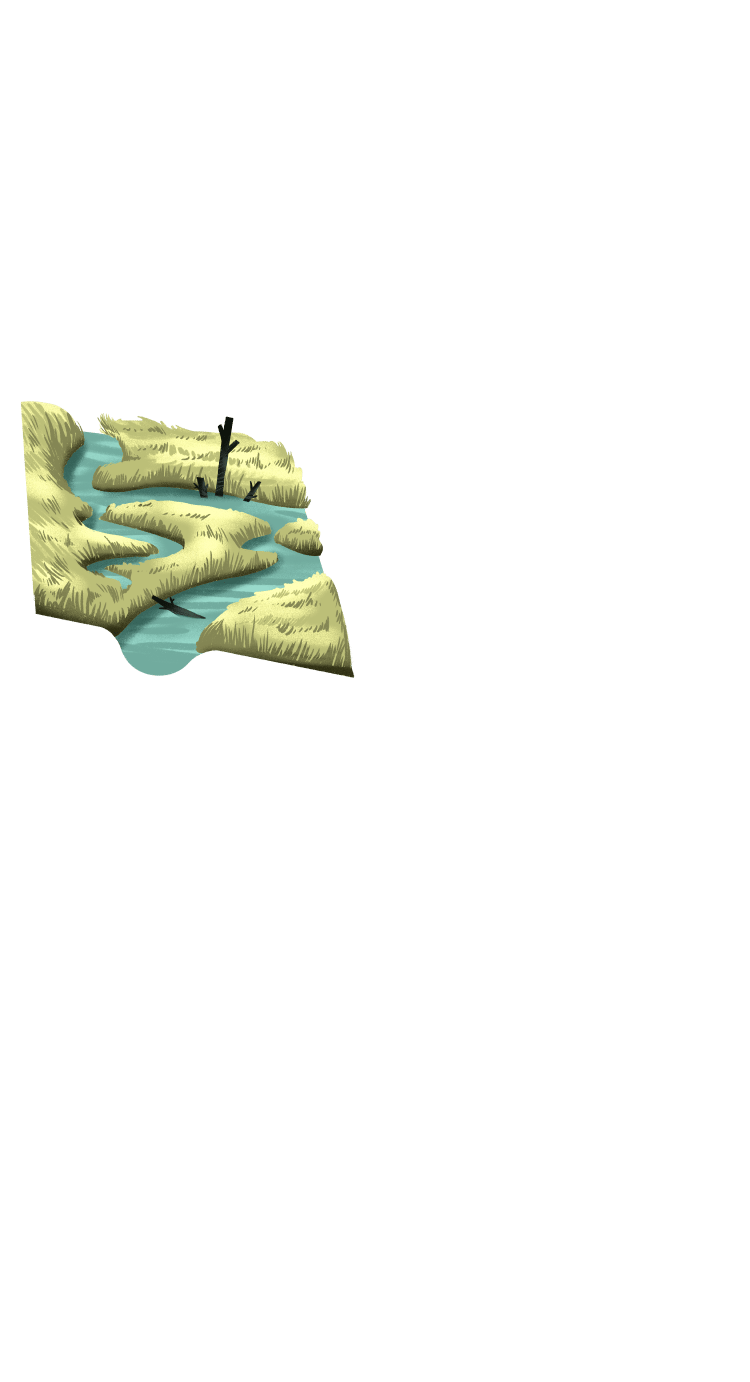
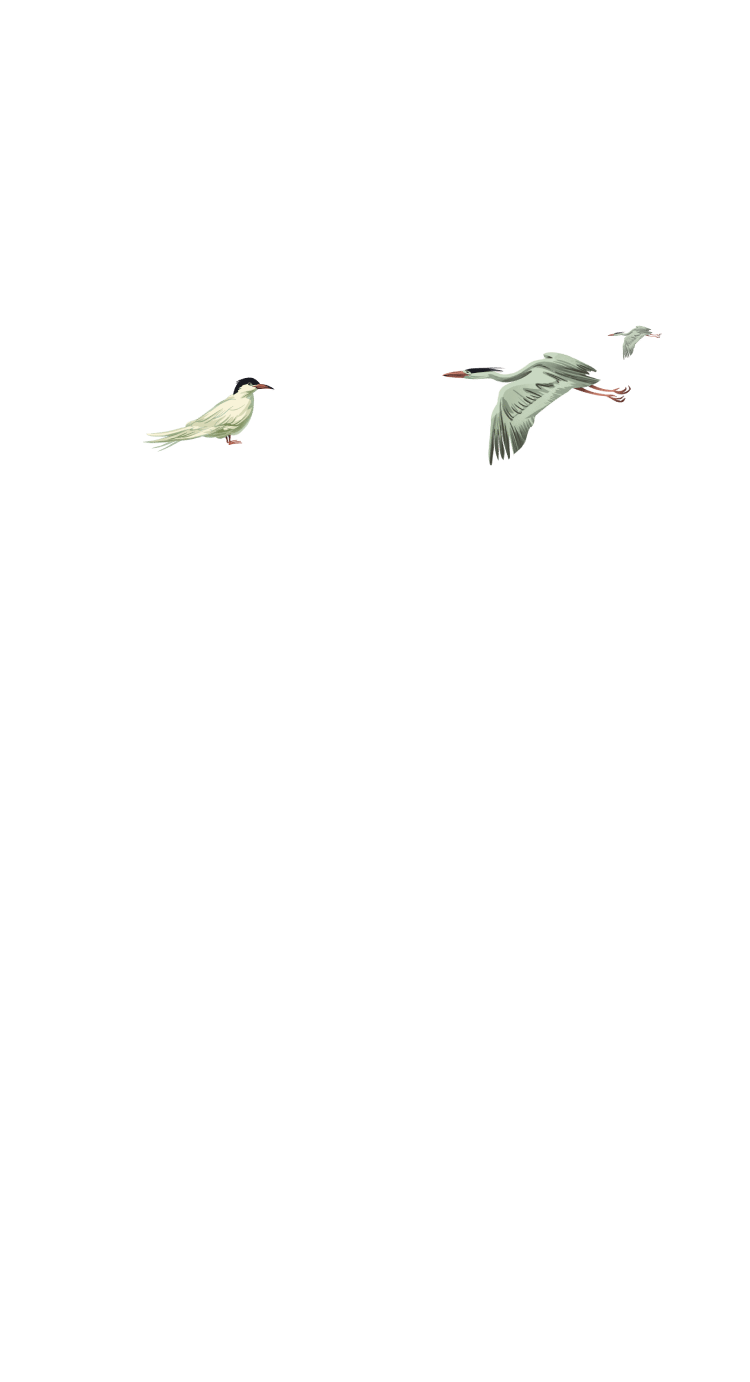


Carbon dioxide is absorbed through photosynthesis
Salt marshes
Seagrass meadows
Kelp forests
Carbon is sequestered and stored in the sediments of blue carbon ecosystems and some is exported and stored in the deep ocean
Supporting Indigenous-led conservation
Since blue carbon exists in the territories of coastal Indigenous Peoples (First Nations, Inuit and Métis) throughout Canada, initiatives and policies can be enhanced by their worldviews, which emphasize reciprocity and relationships between people and ecosystems. Indigenous Peoples have long-standing knowledge and expertise of these ecosystems and are well positioned to lead efforts to steward, restore and protect them. Restoring and protecting blue carbon and marine ecosystems presents opportunities not only to mitigate climate change, but also to support Indigenous self-determination and Indigenous-led conservation efforts. By supporting these initiatives and co-developing new ones, blue carbon NbCS are more likely to be just and effective. In addition, relationships and partnerships between Indigenous Nations and communities and non-Indigenous stakeholders must be treated with respect by upholding and surpassing the United Nations Declaration on the Rights of Indigenous Peoples (UNDRIP), including the right to Free, Prior and Informed (FPIC) consent.
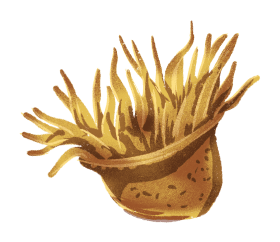
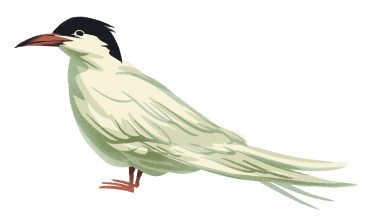
Indigenous Peoples have long-standing knowledge and expertise of blue carbon ecosystems
© Erling Svensen / WWF
How WWF-Canada is working on blue carbon
To learn more about WWF-Canada's Blue Carbon Community of Practice, or to become part of the community, please email bluecarbon@wwfcanada.org
© Lewis Jefferies / WWF-Canada / Kim Dunn / © Eiko Jones Photography

WWF-Canada’s blue carbon work is generously funded by:
Department of Fisheries and Oceans – Oceans Management Program
Donner Canadian Foundation
Jess and Mark Pathy
Scotiabank
Anonymous funder
Two anonymous funders
Scotiabank
Jessica Pathy and Mark Pathy
Fisheries and Oceans Canada - Oceans Management Contribution Program
Fisheries and Oceans Canada -
Oceans Management Contribution Program
Fisheries and Oceans Canada – Ecosystems and Oceans Science Contribution Framework
Fisheries and Oceans Canada –
Ecosystems and Oceans Science Contribution Framework
The Barrett Family Foundation
Donner Canadian Foundation
WWF-Canada’s blue carbon work is generously funded by:
© Eiko Jones Photography